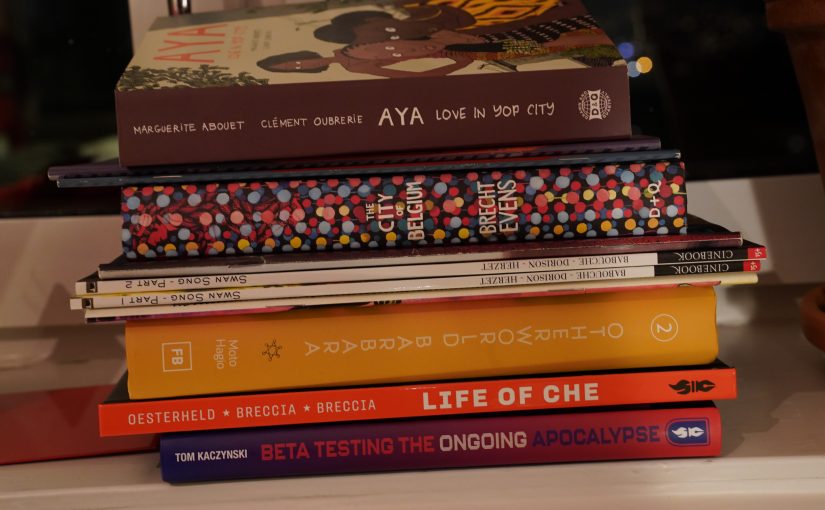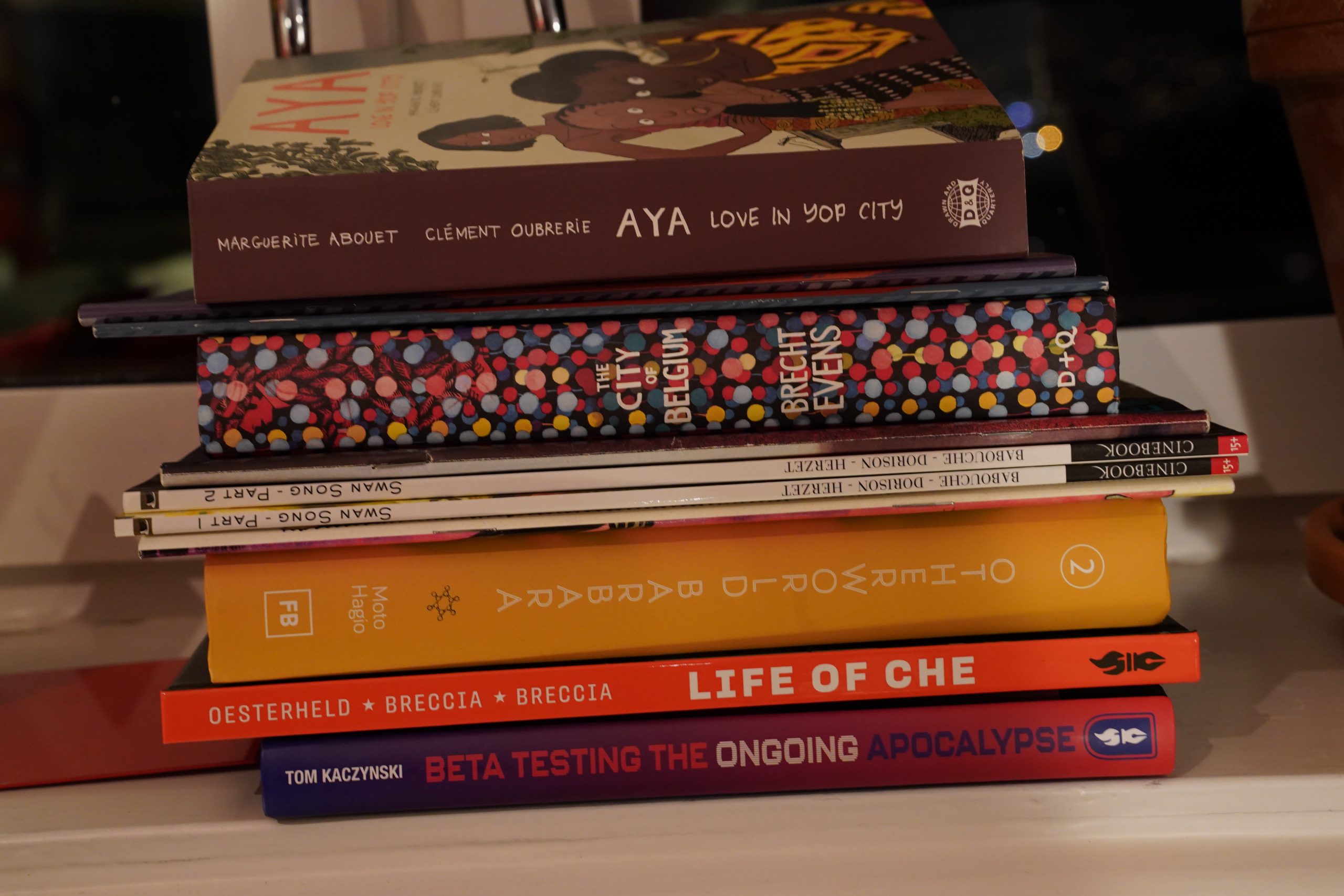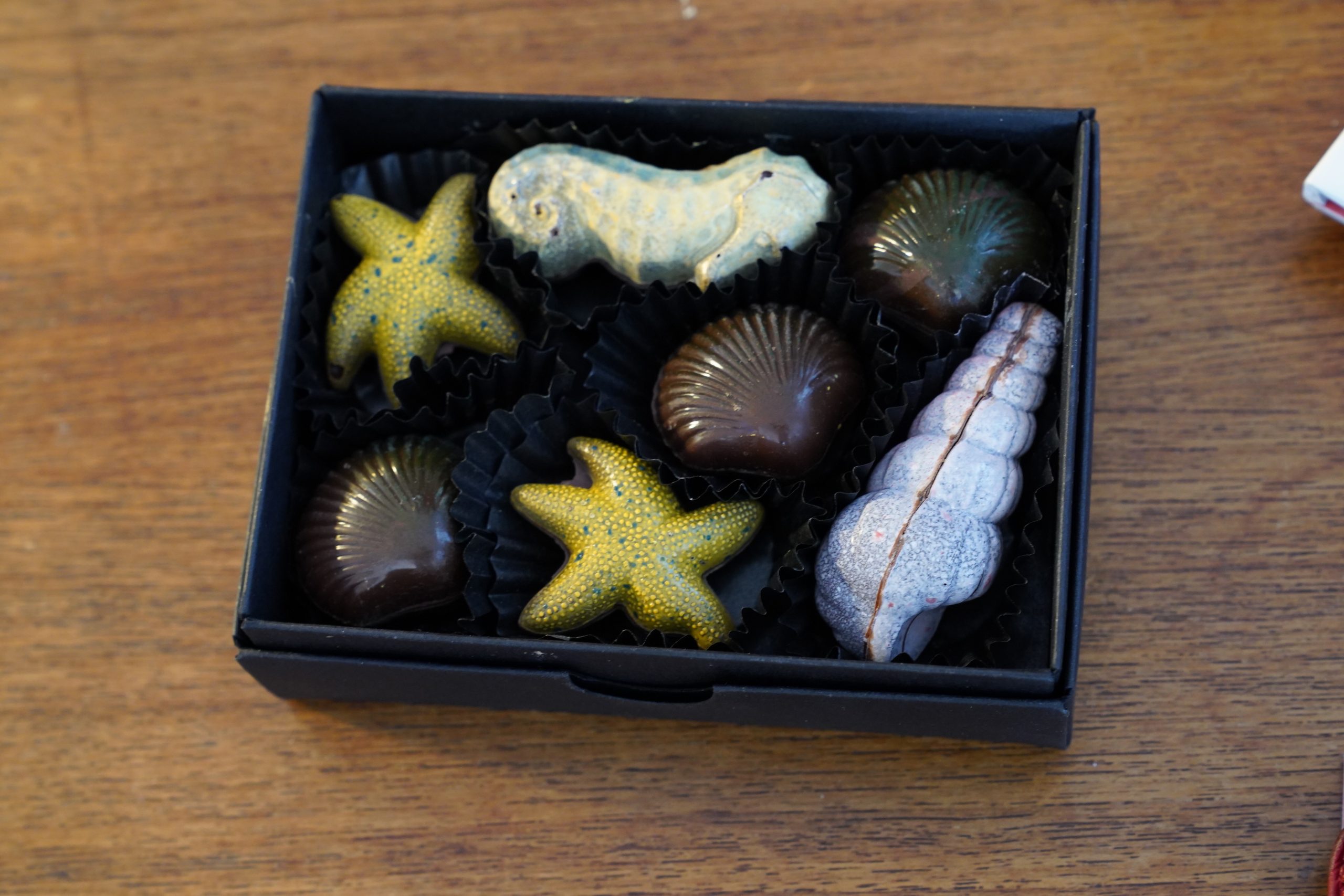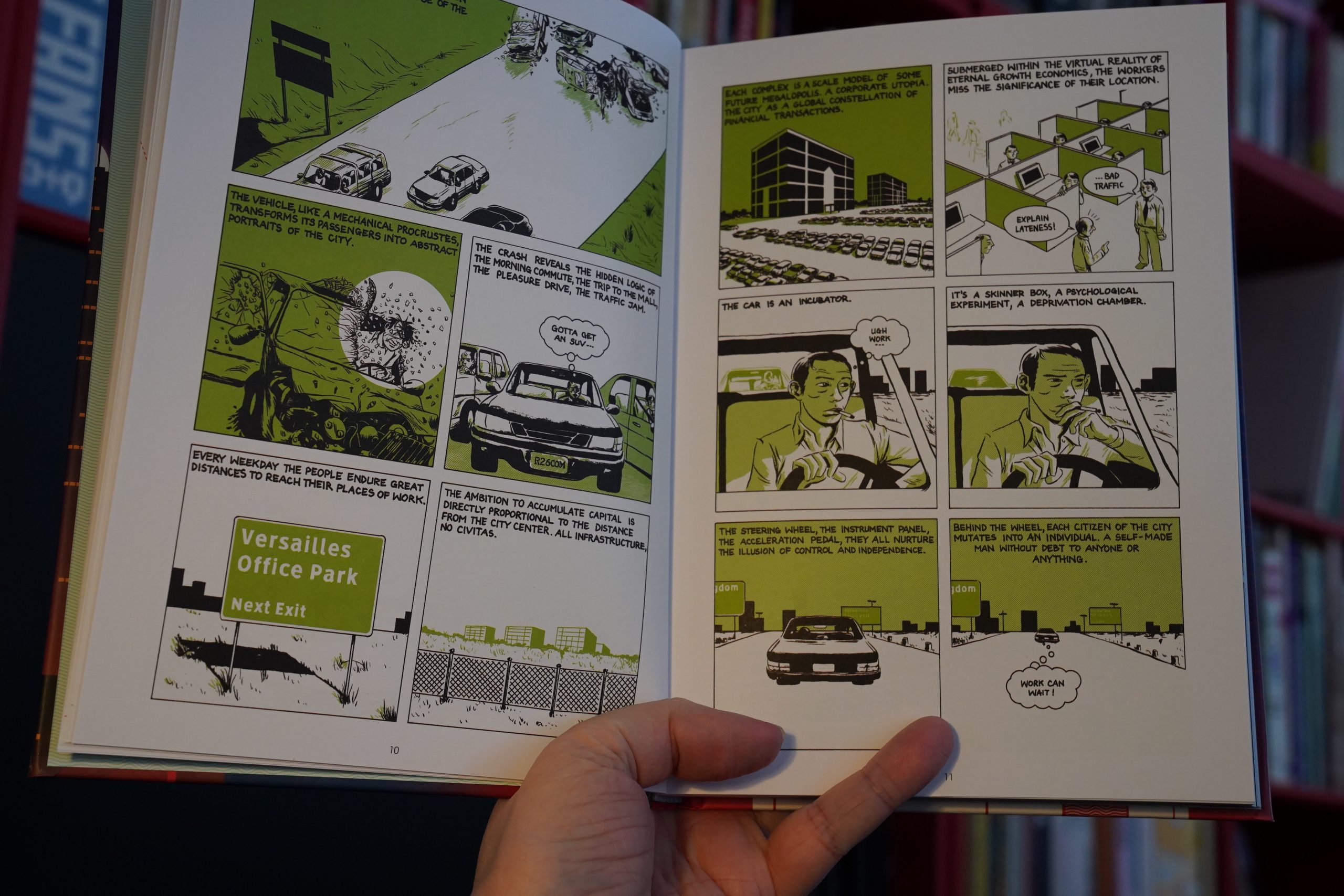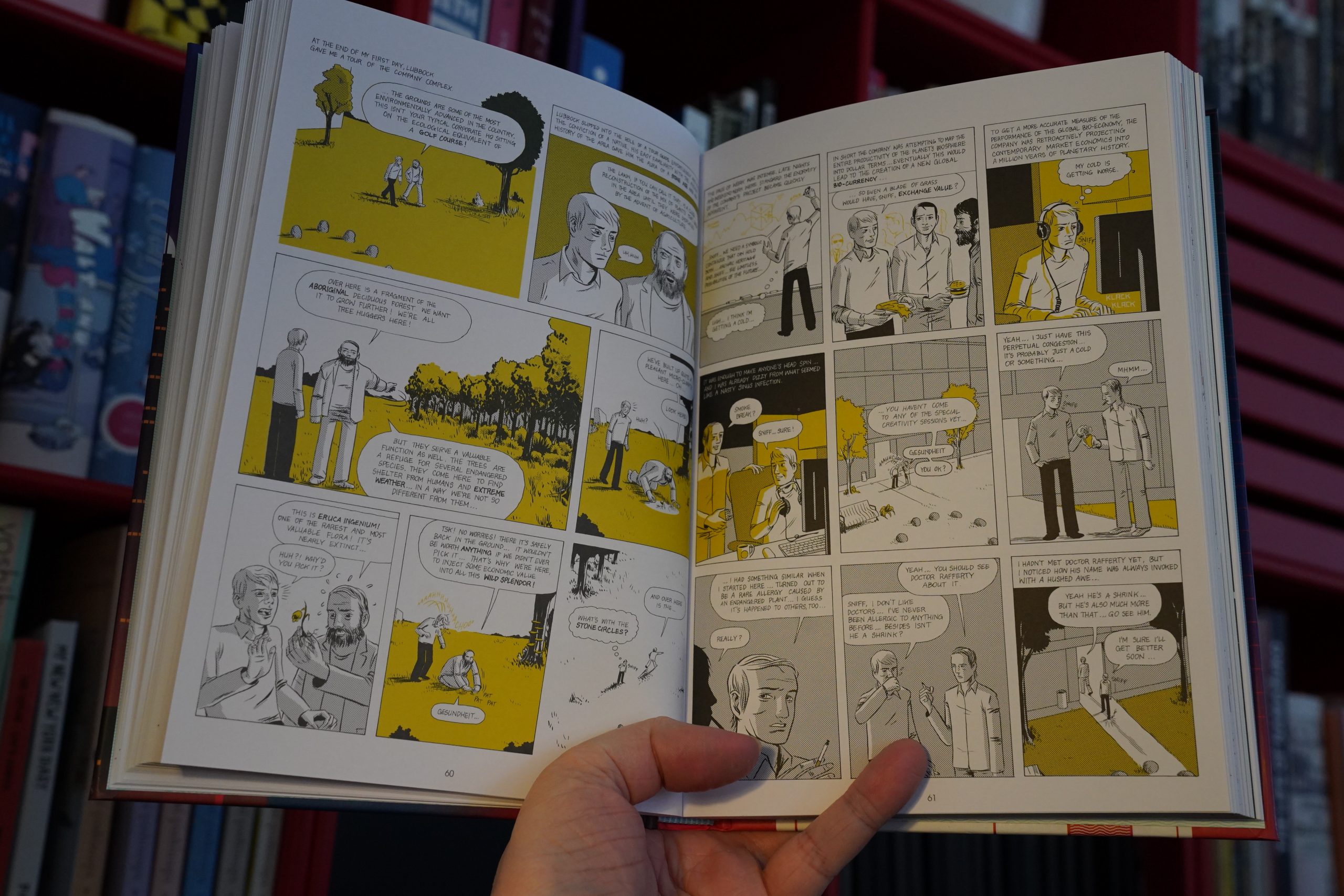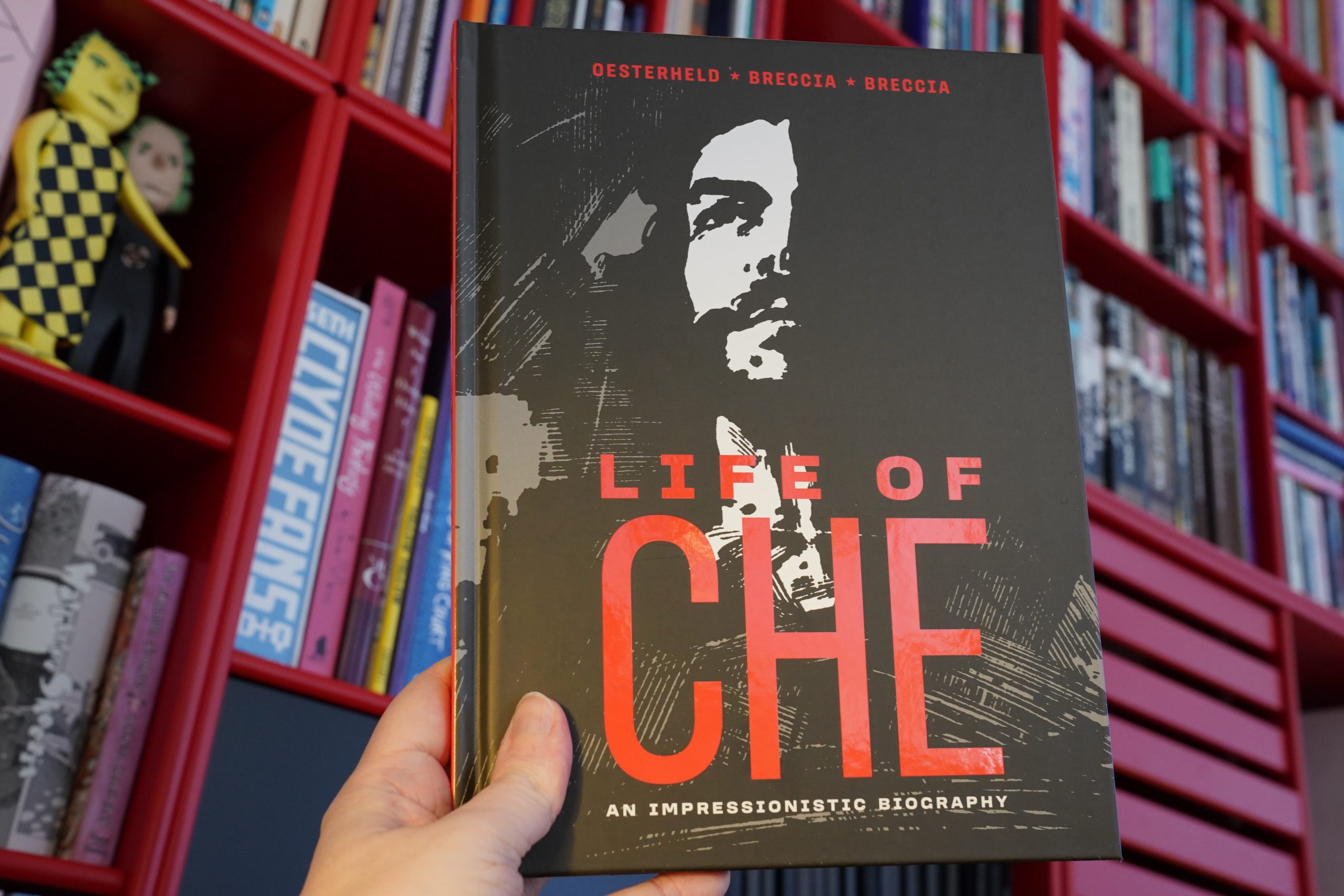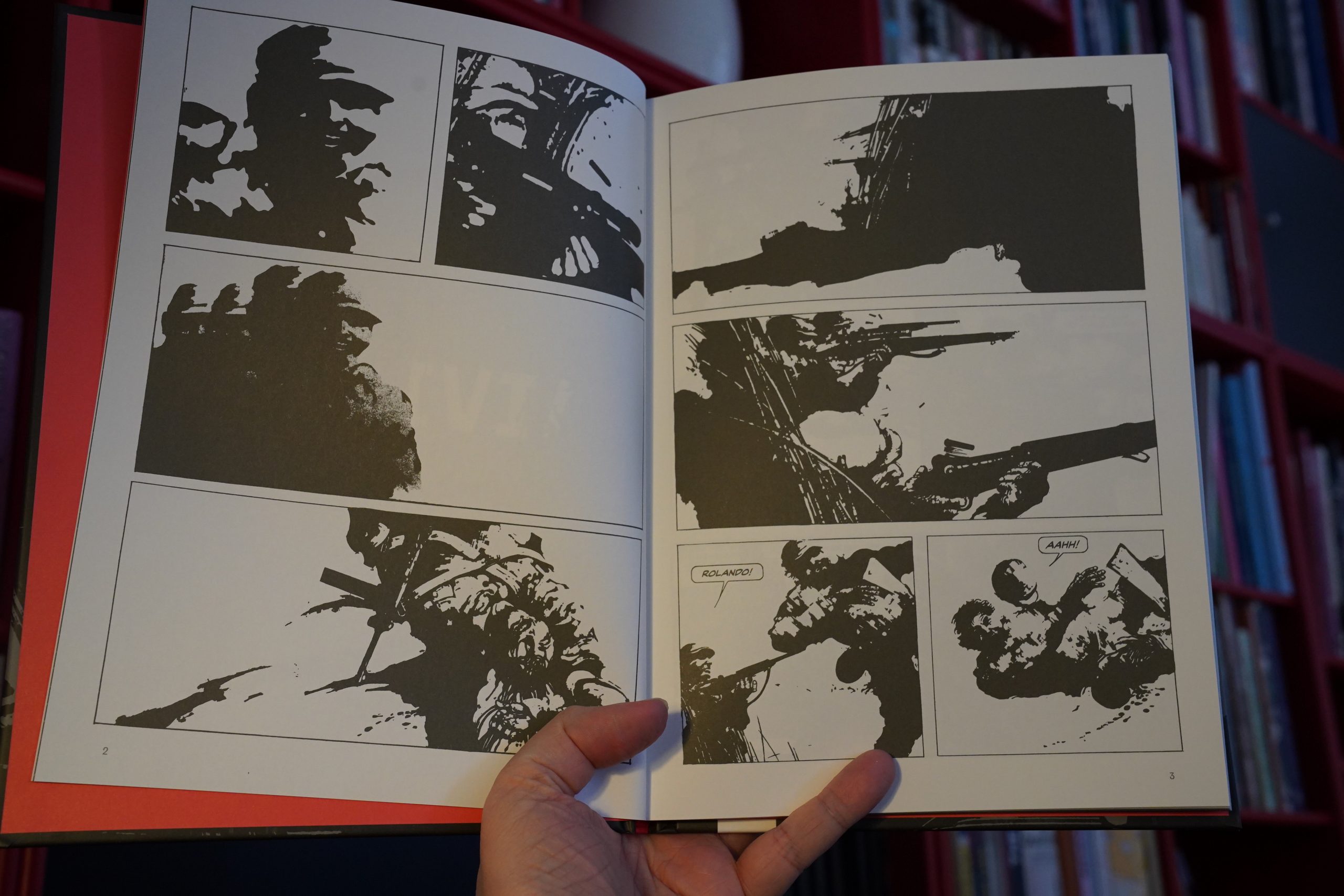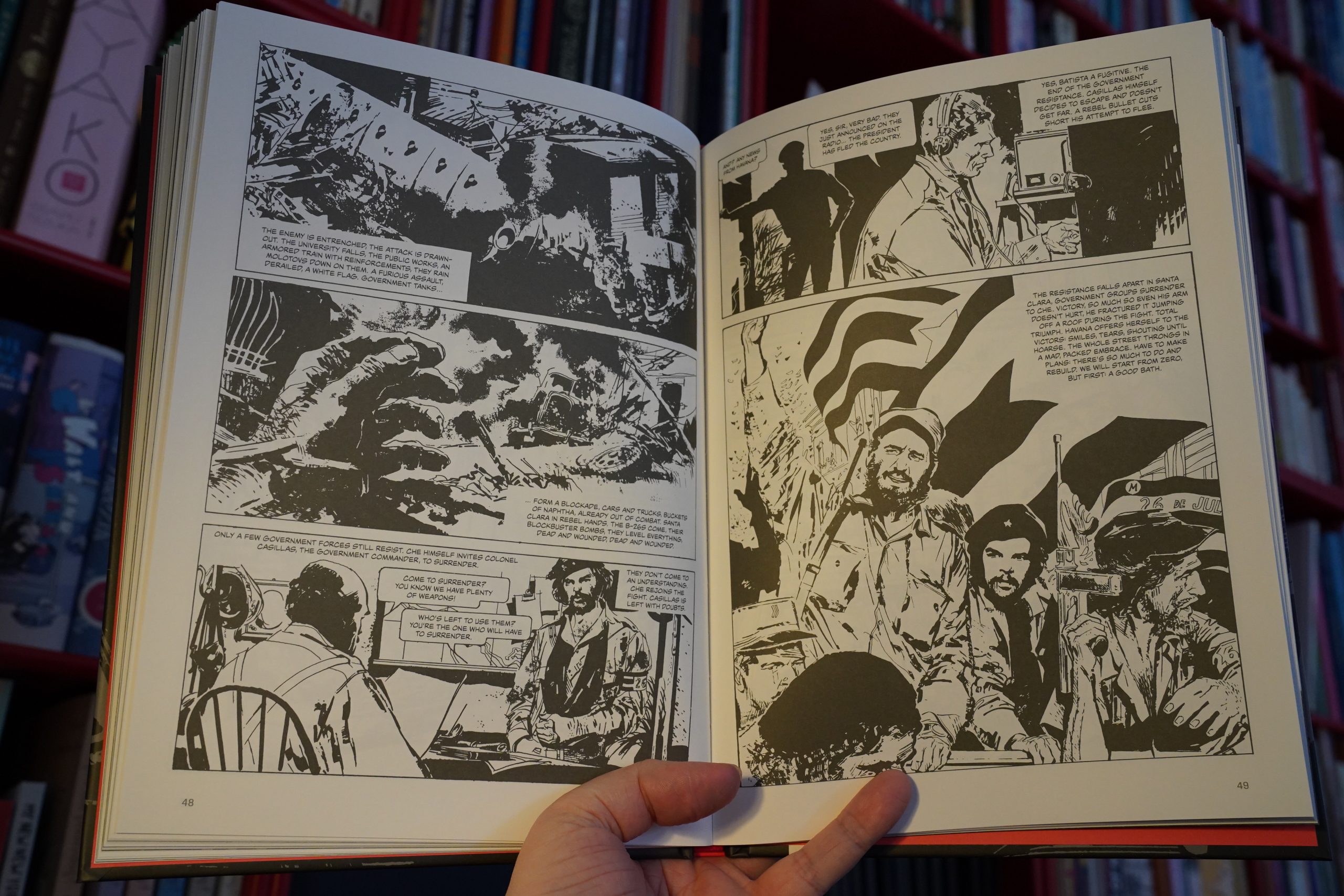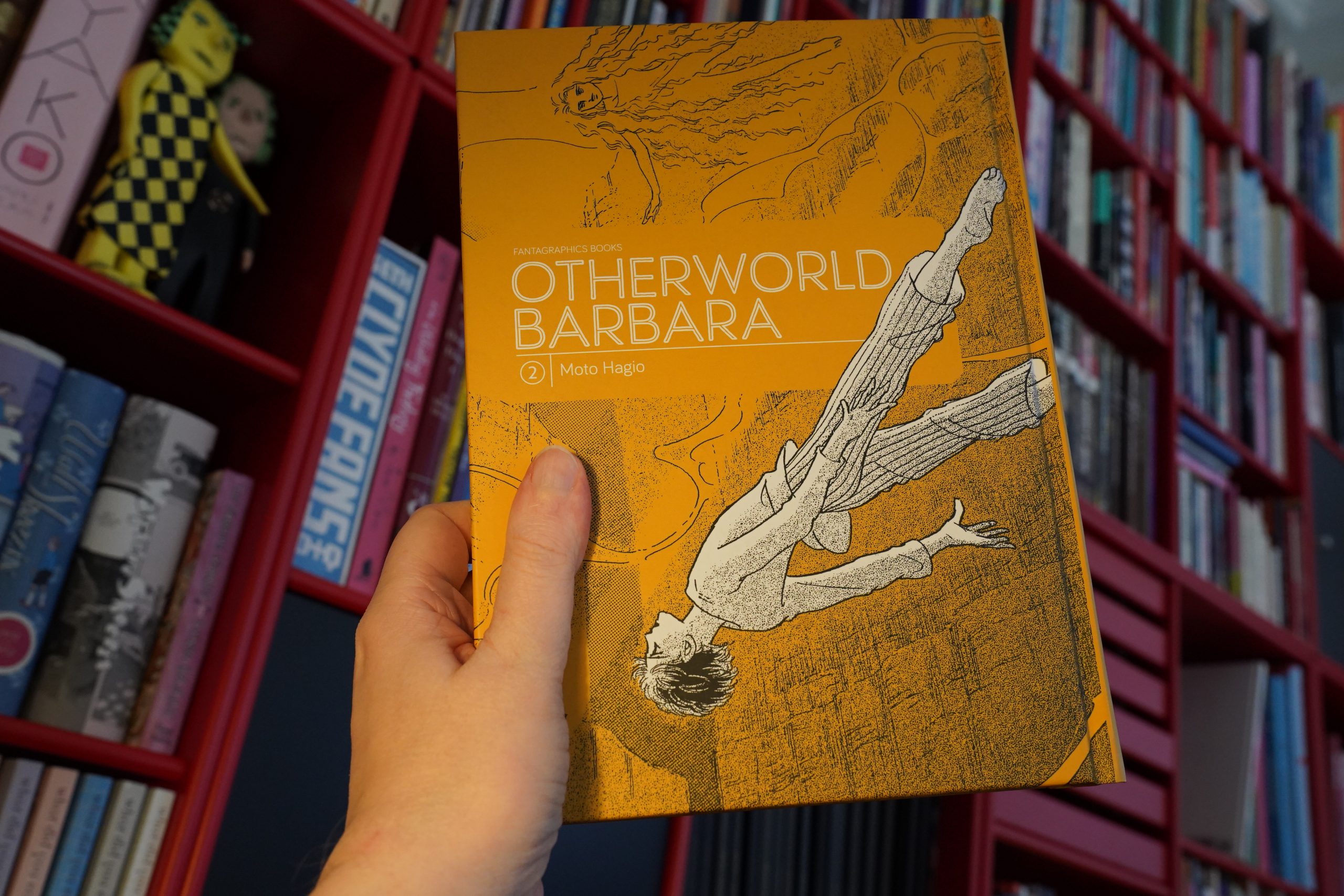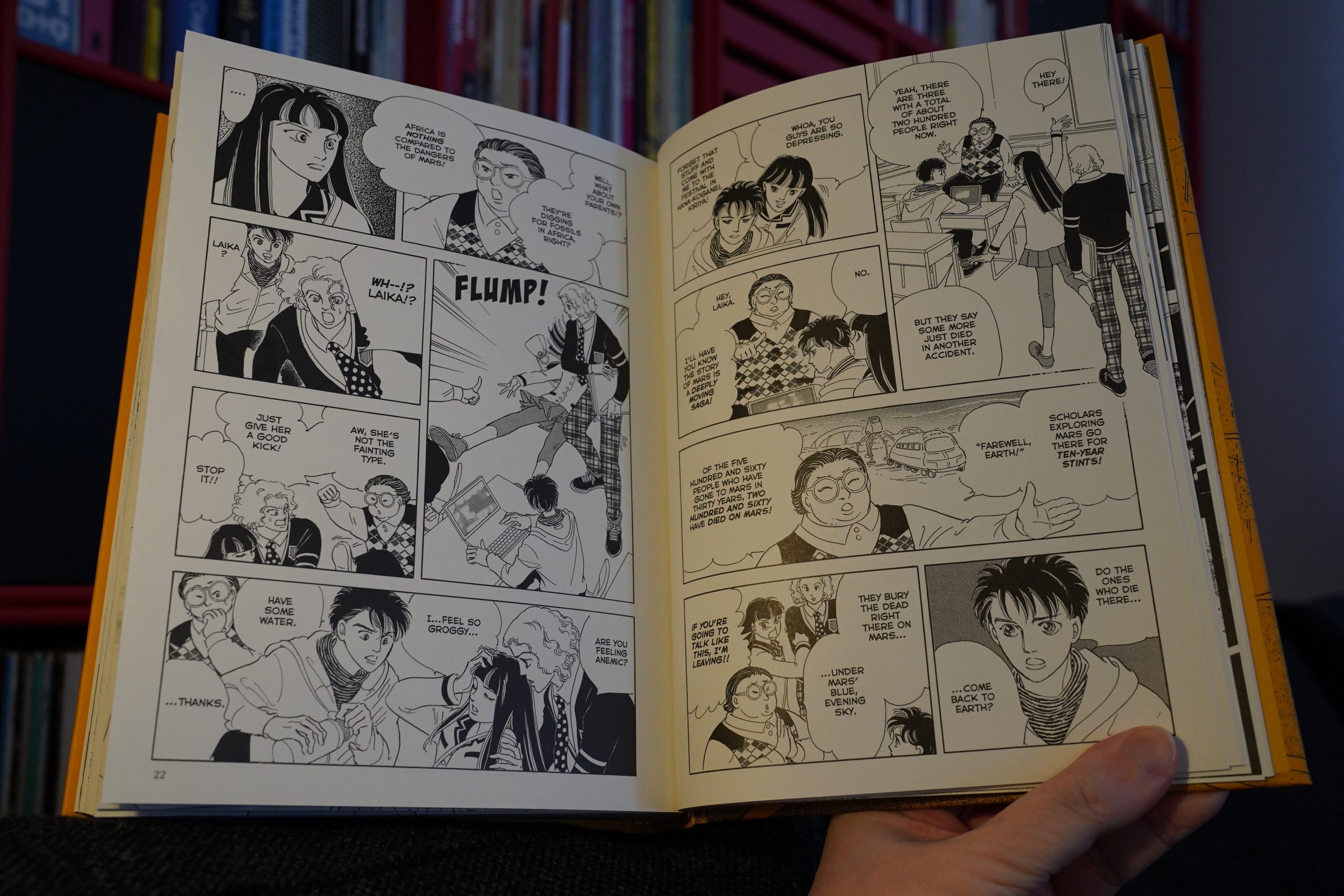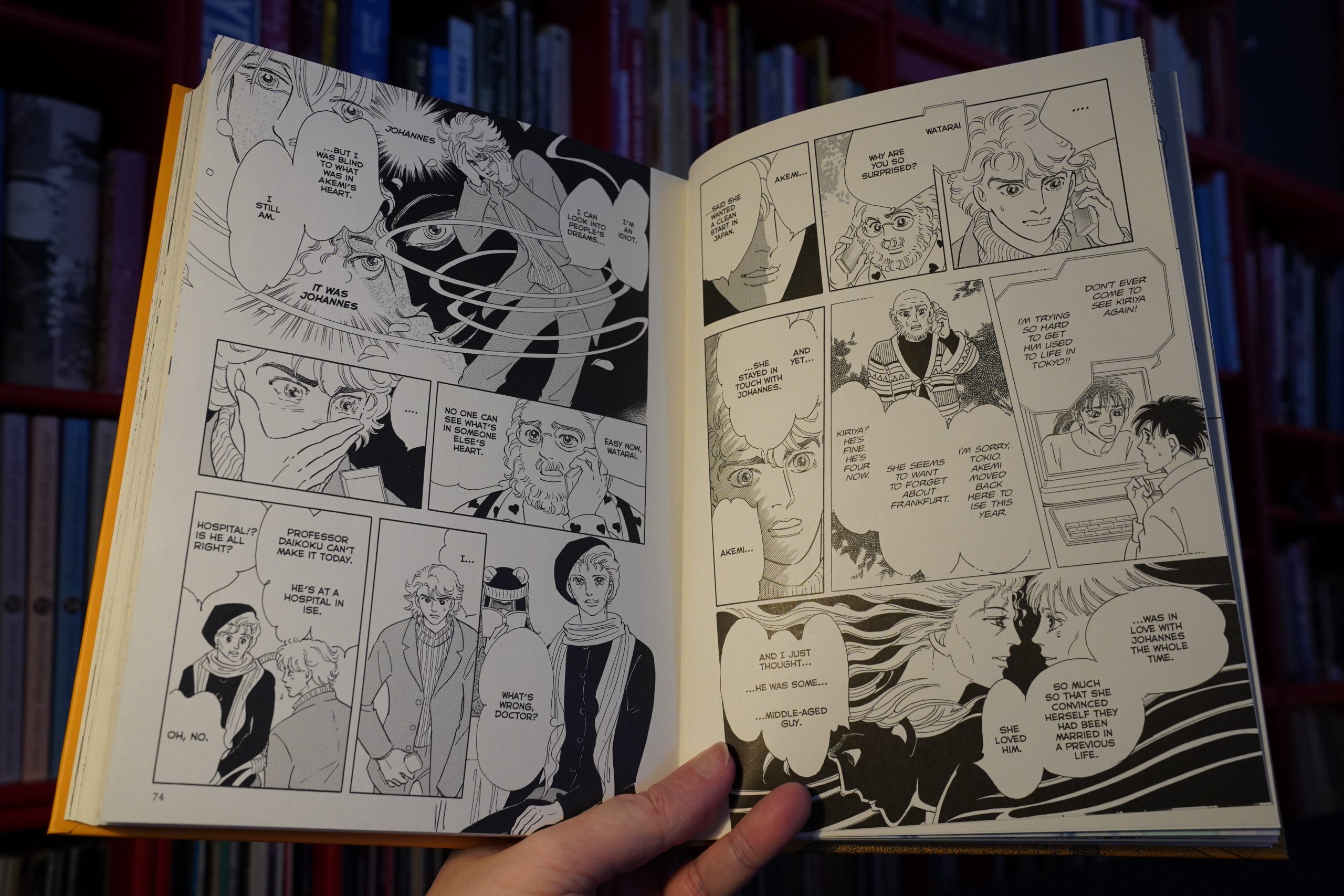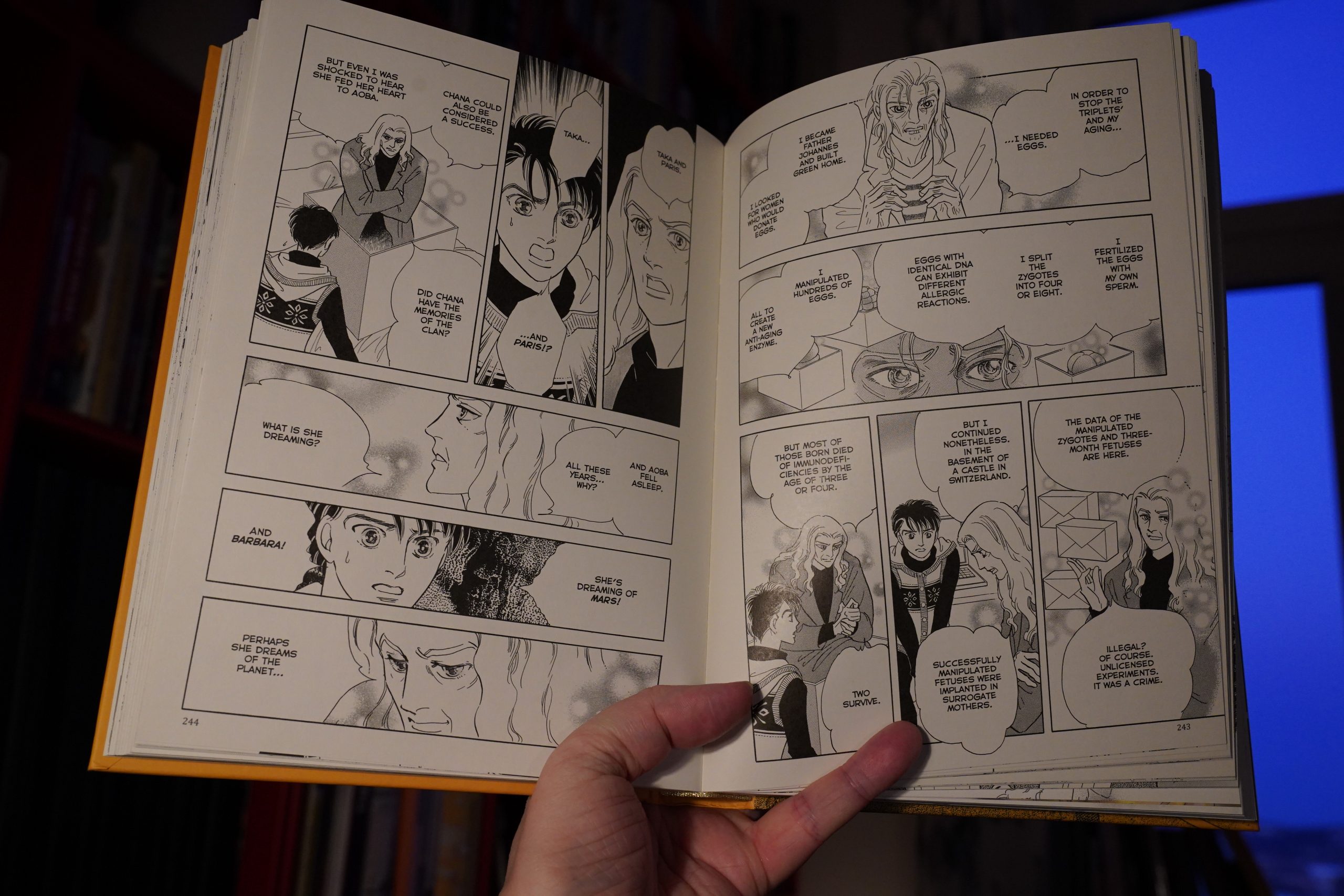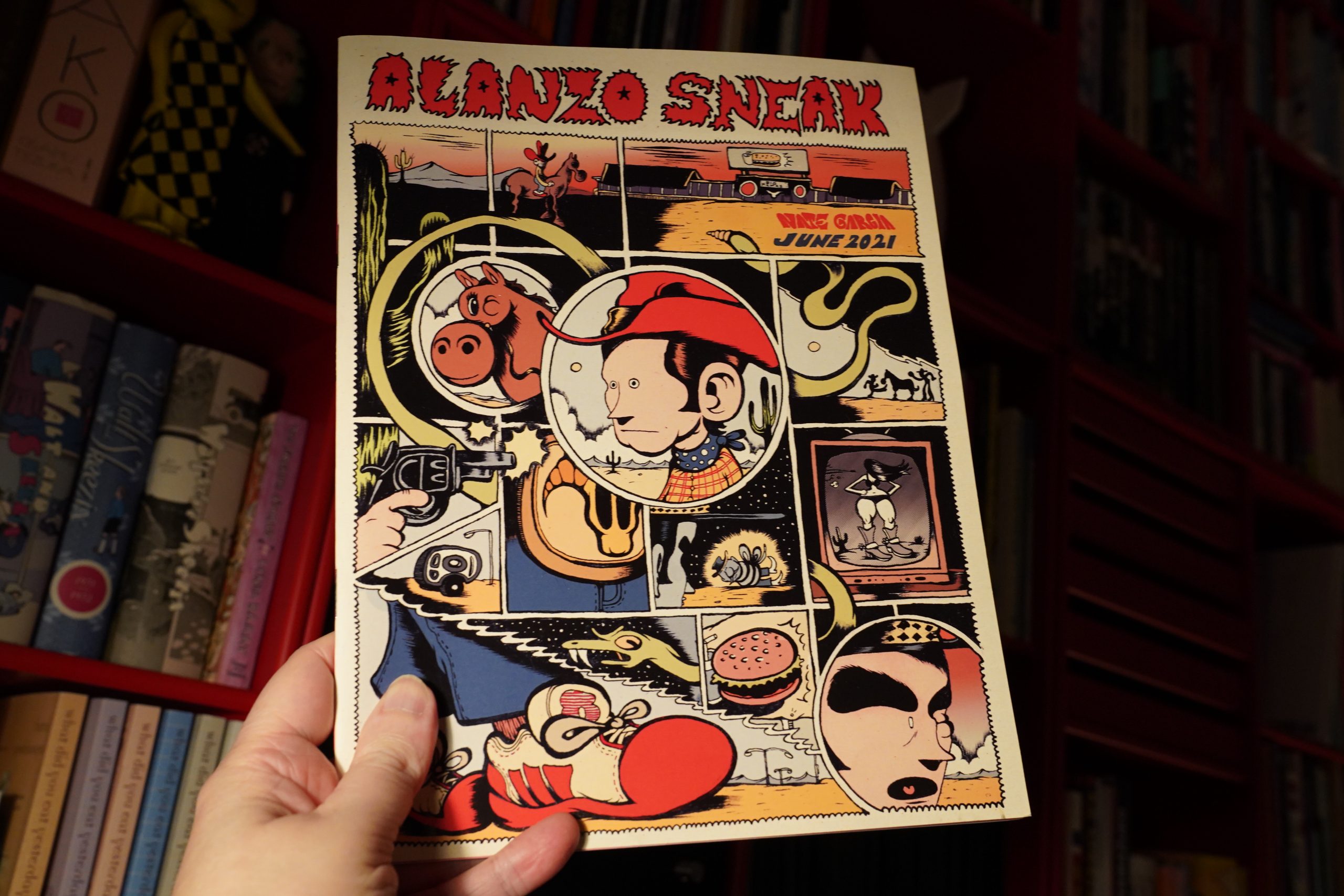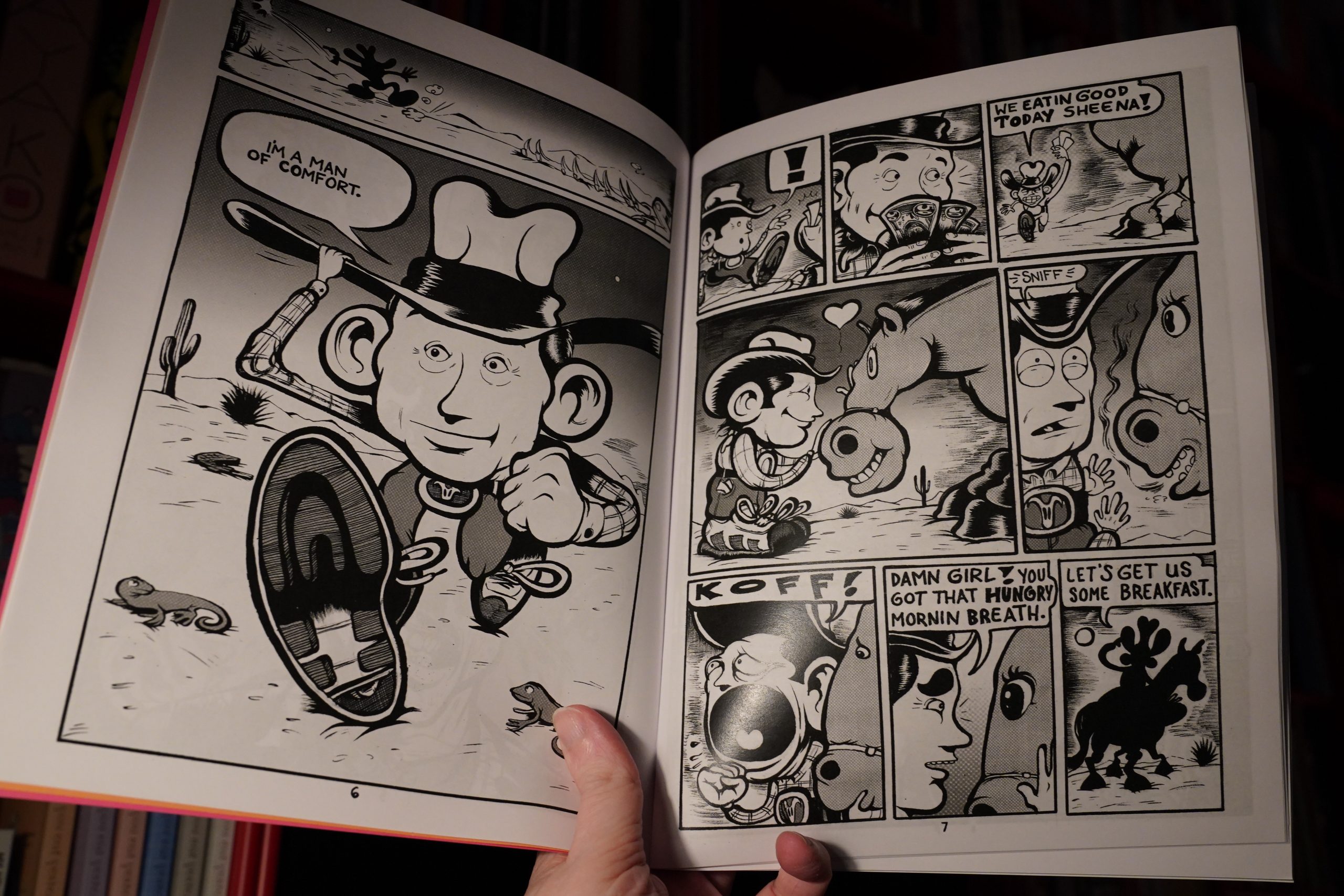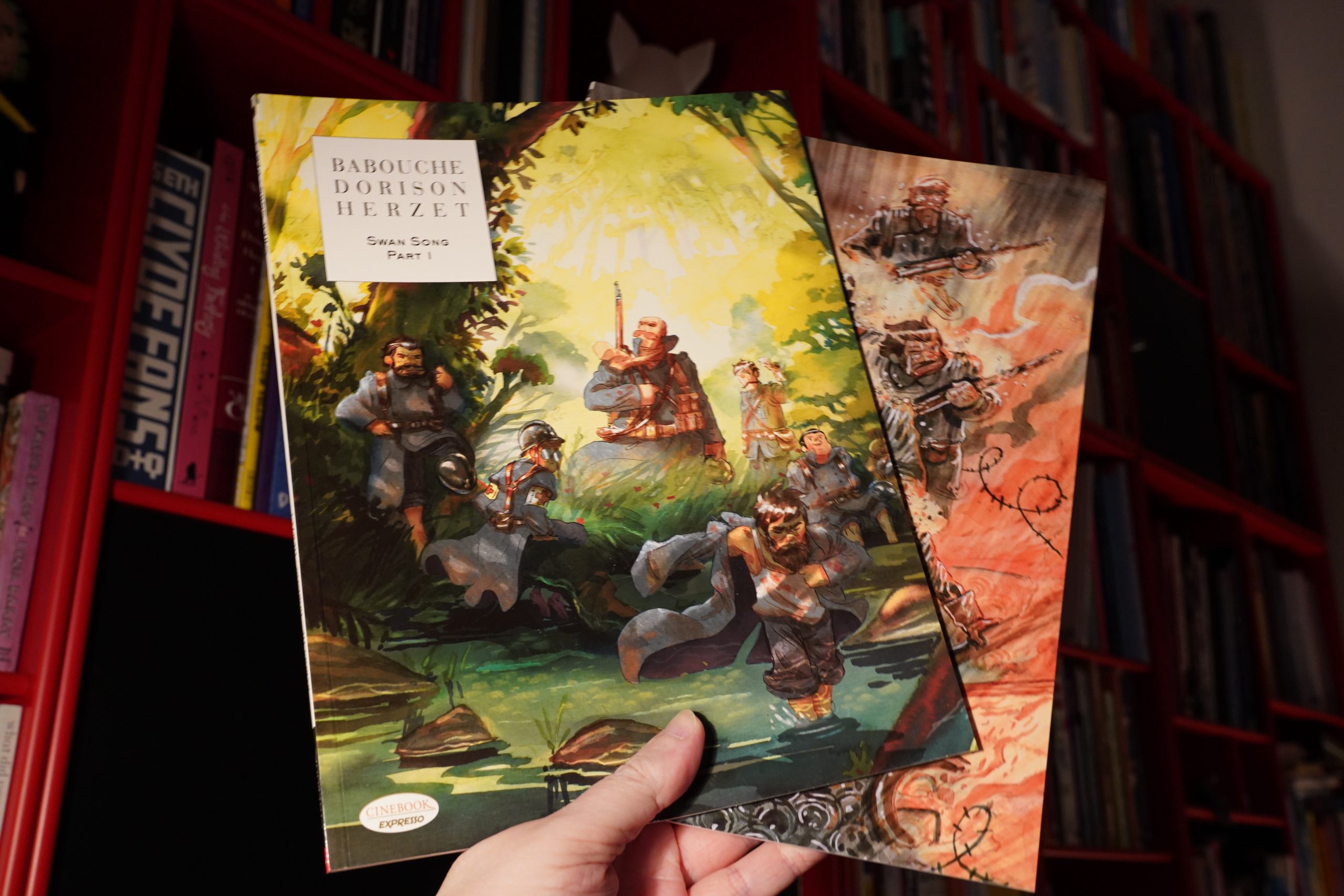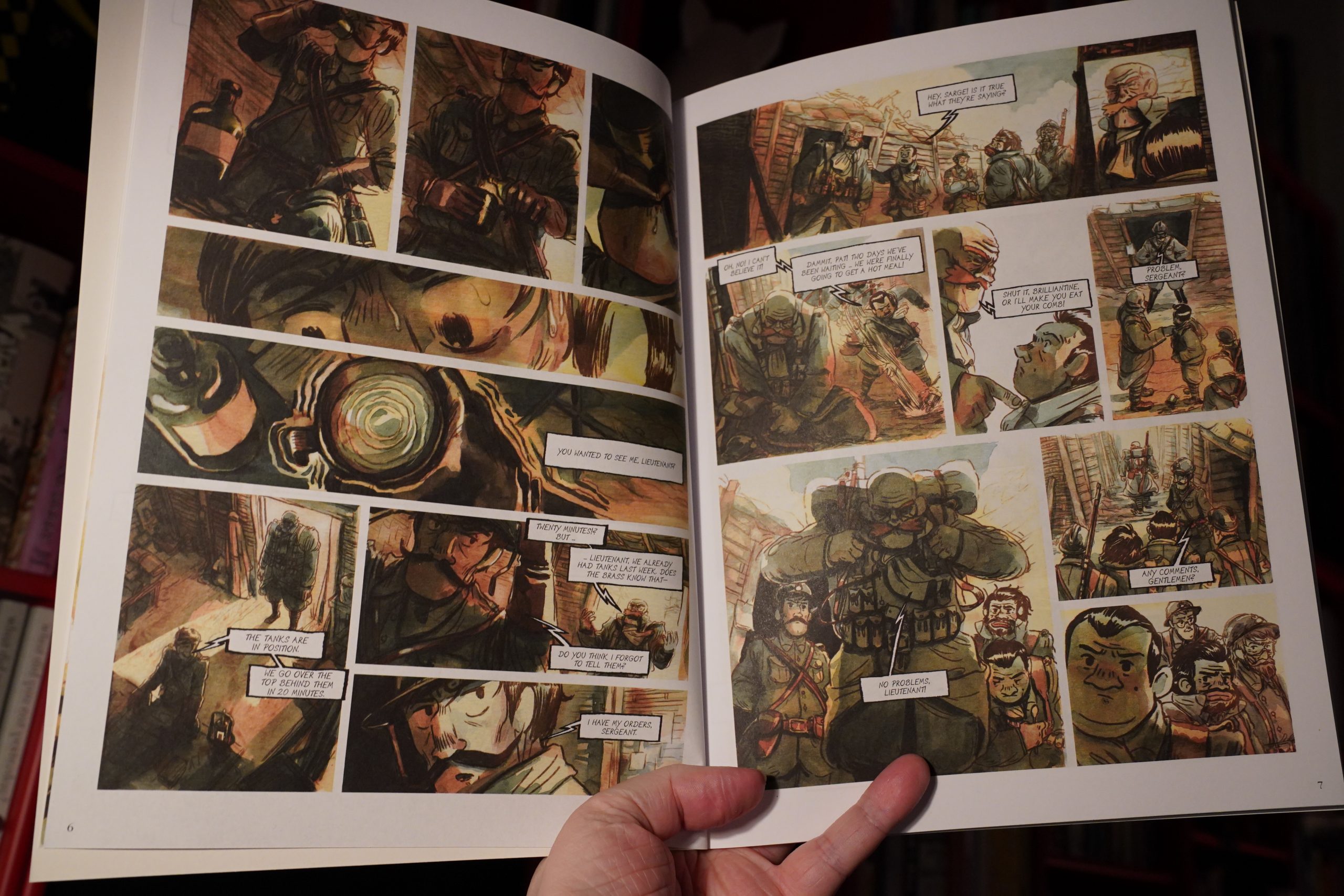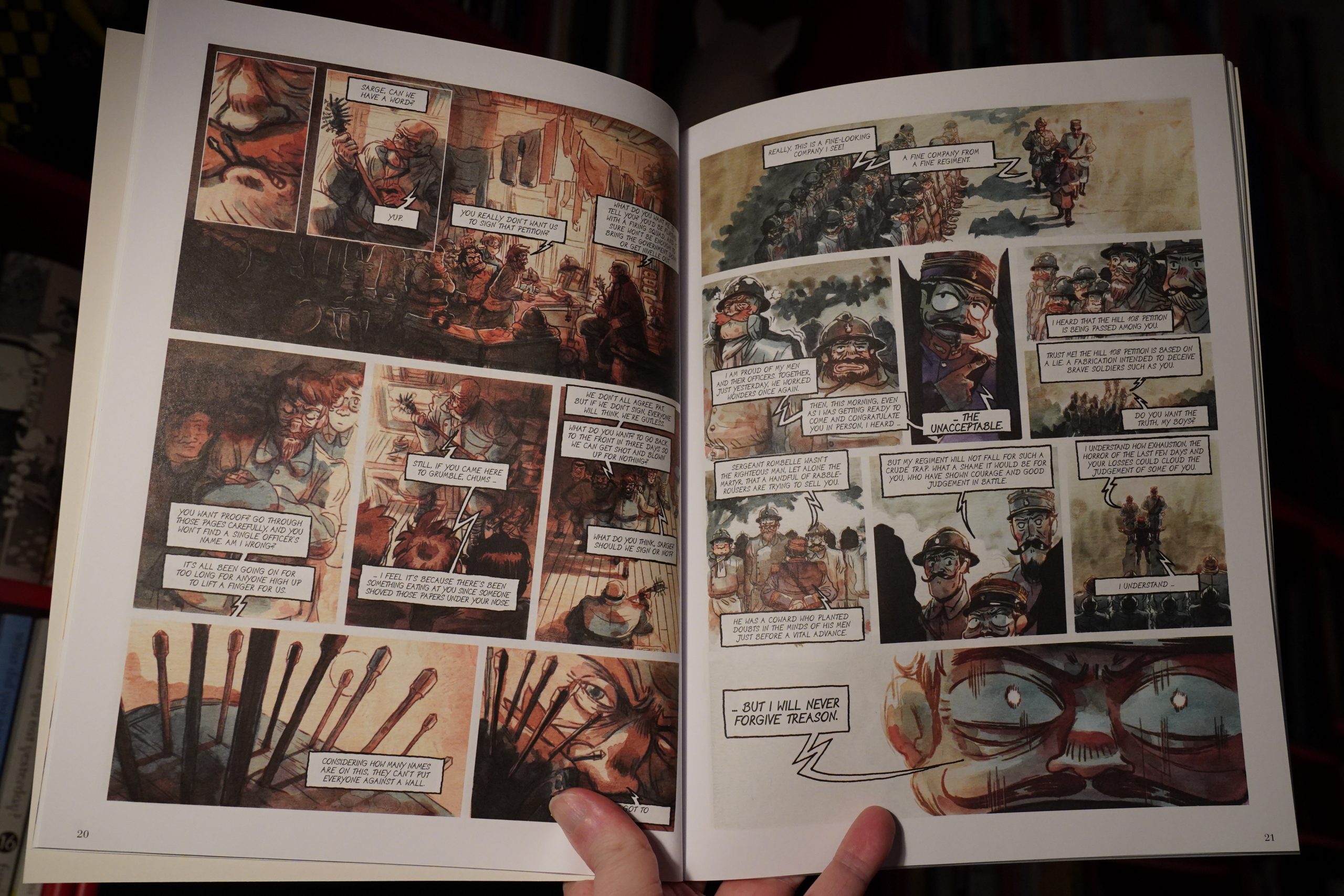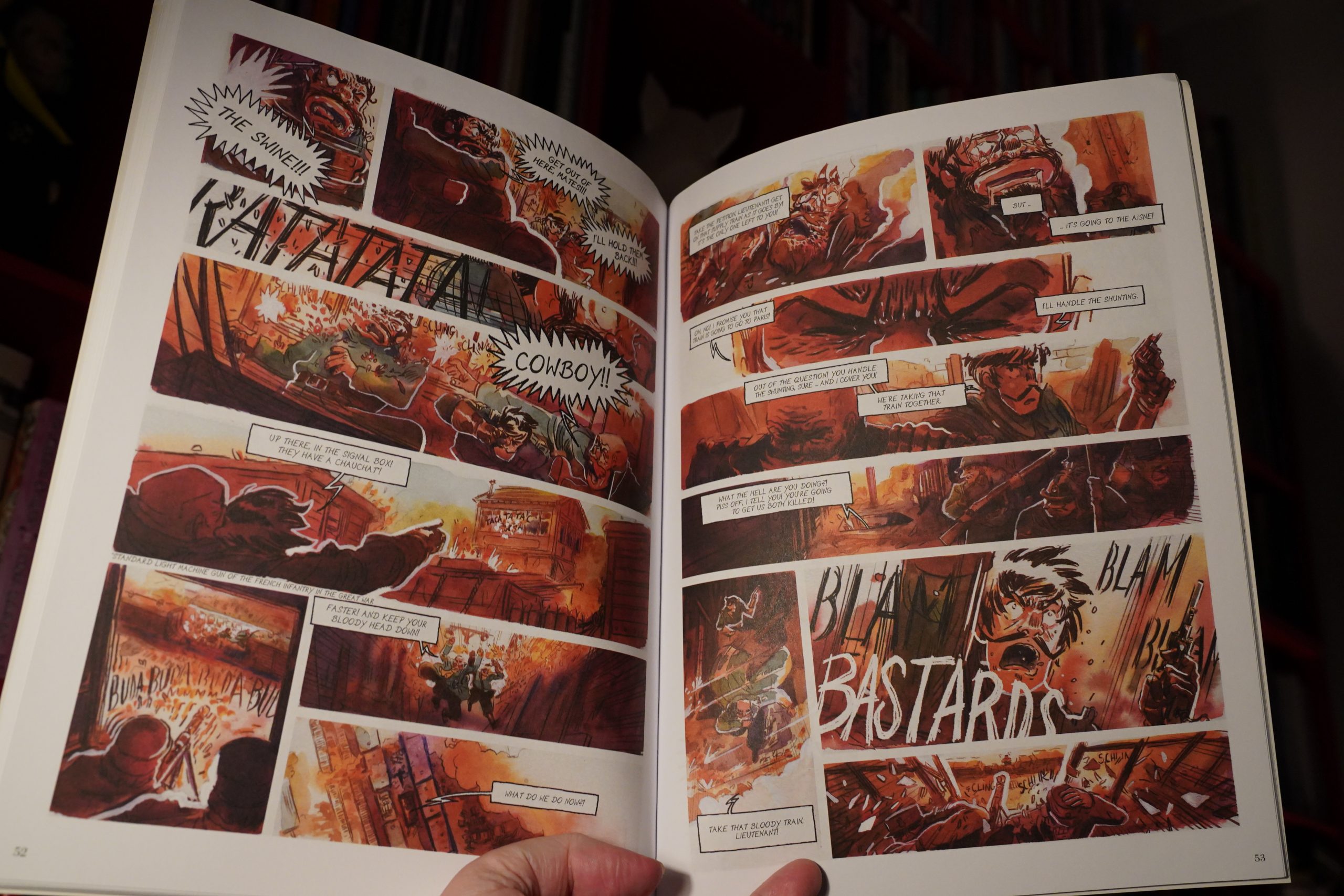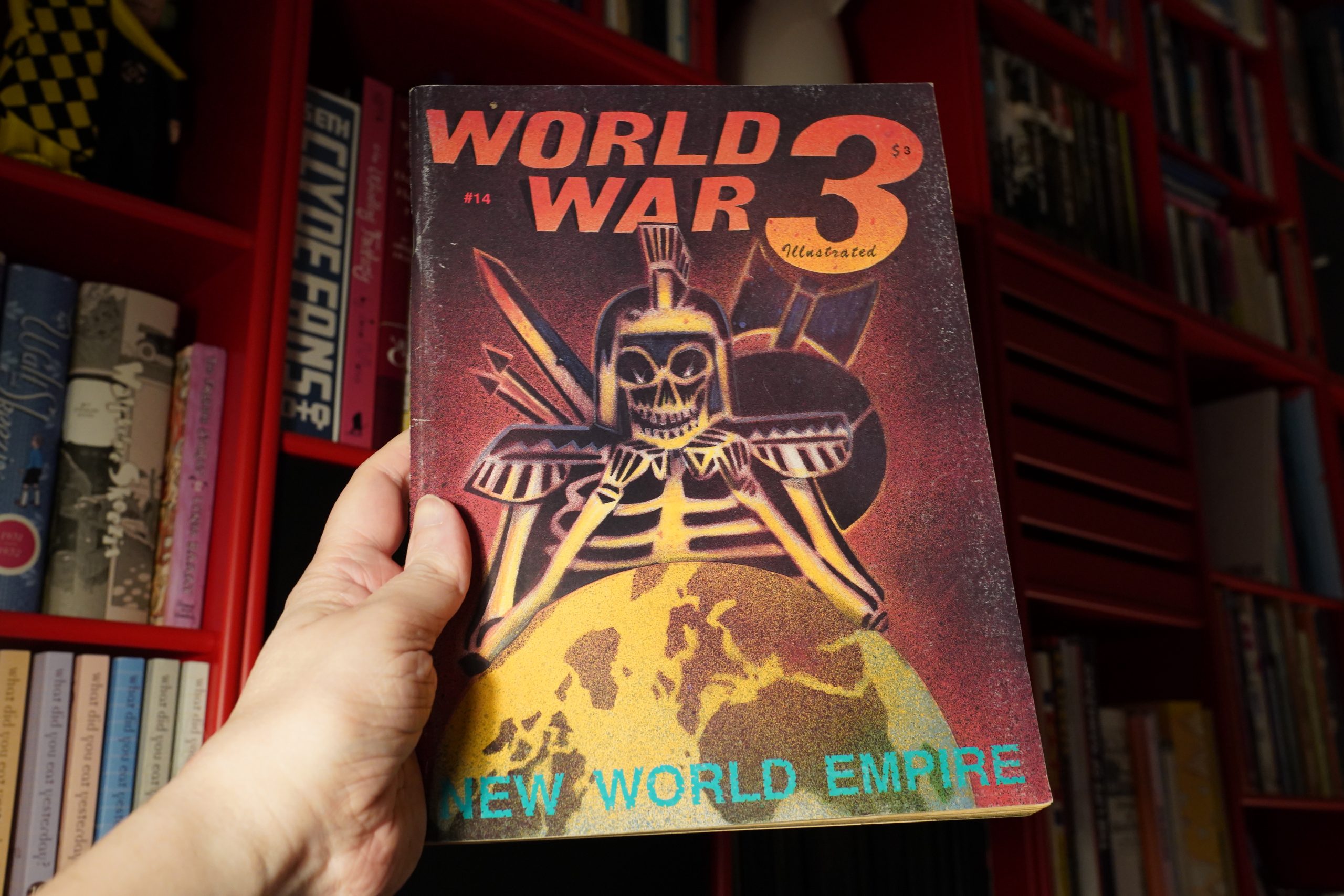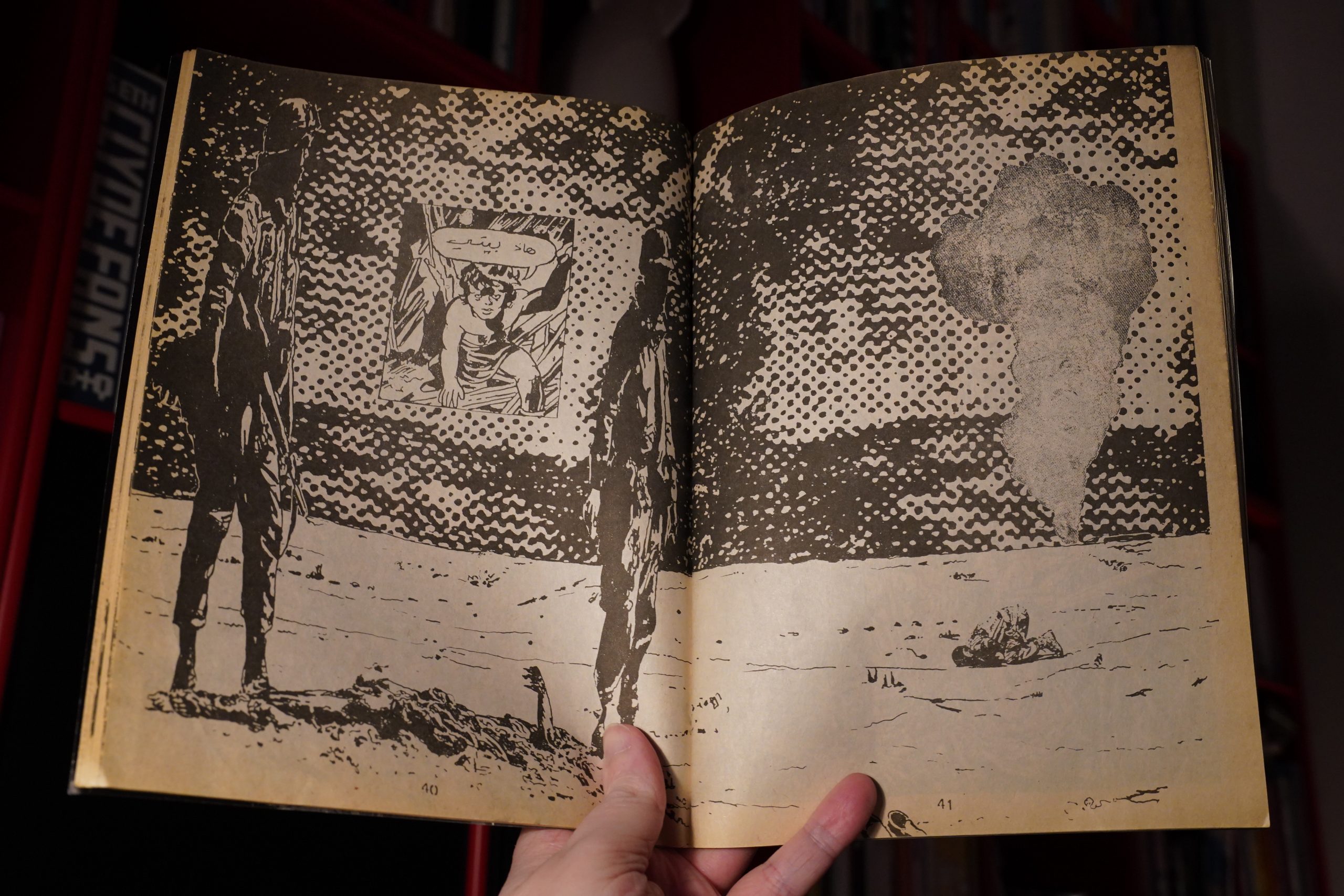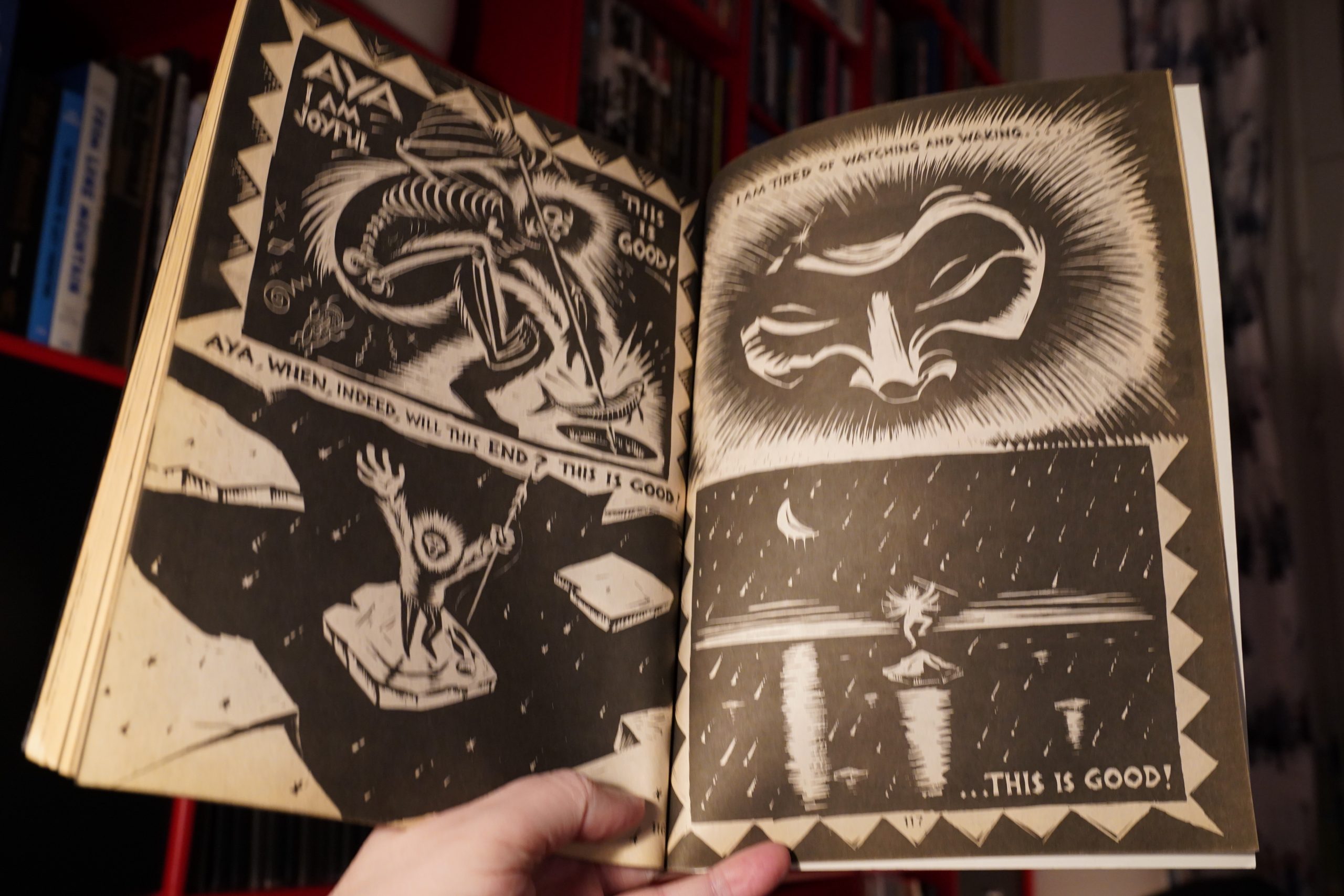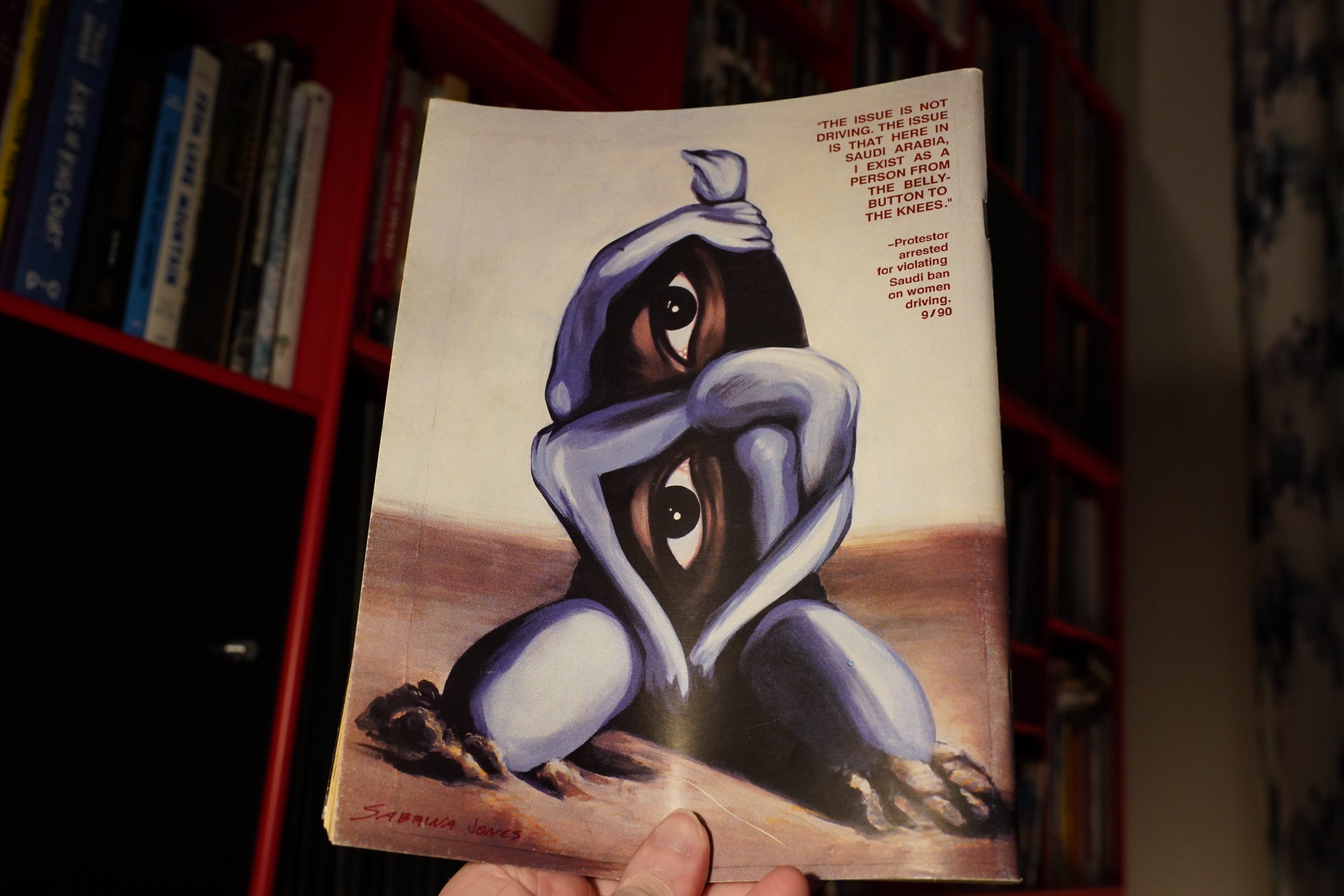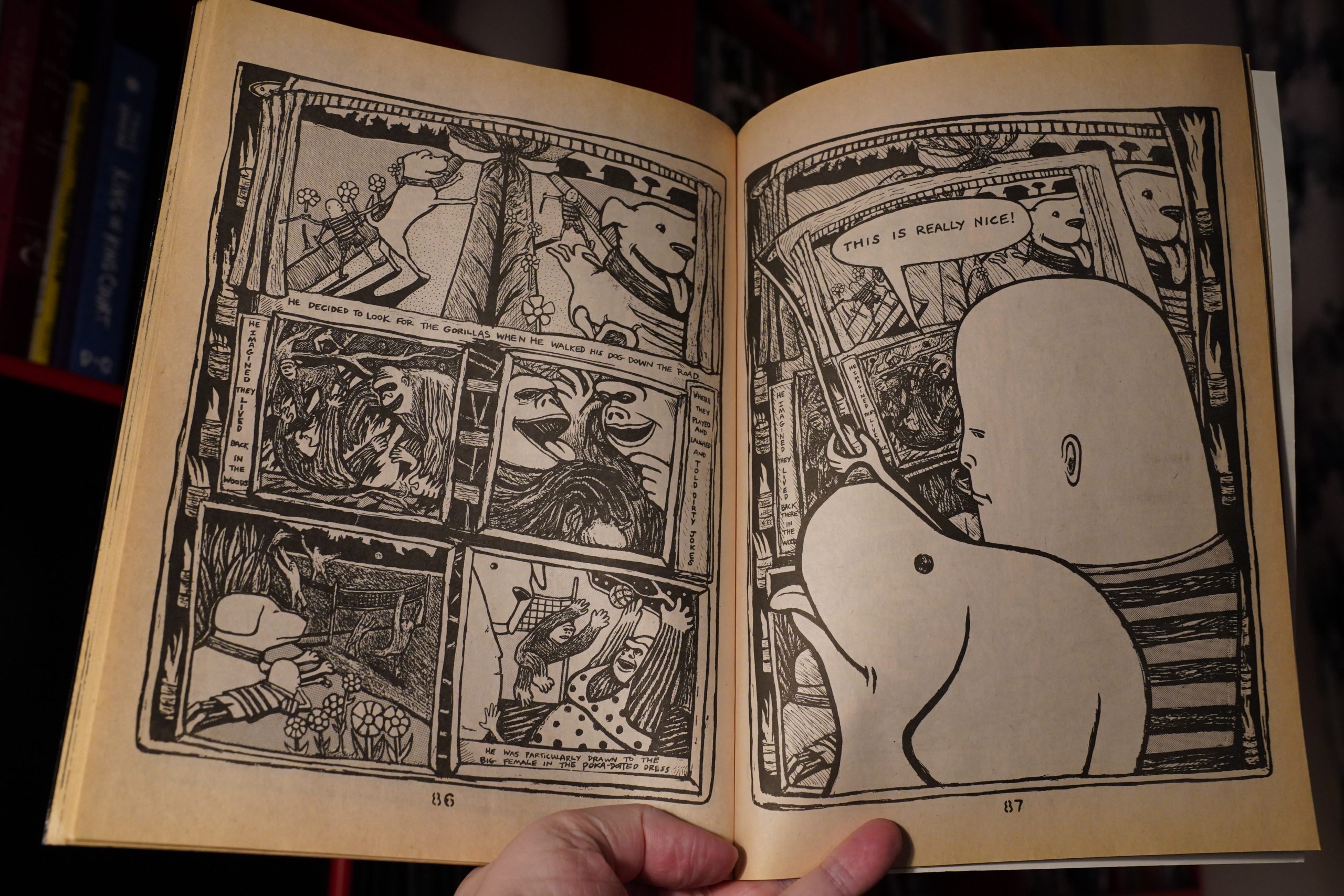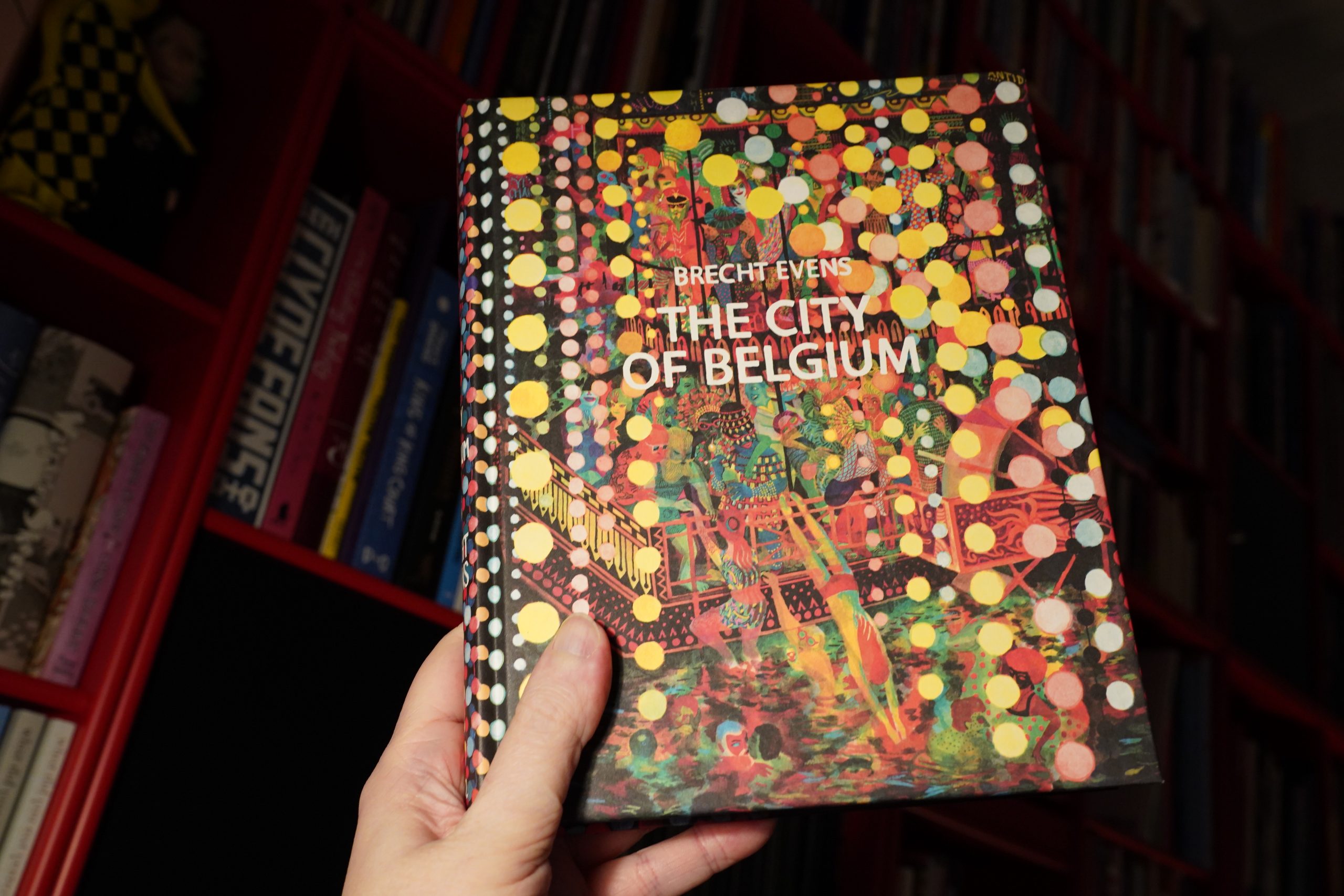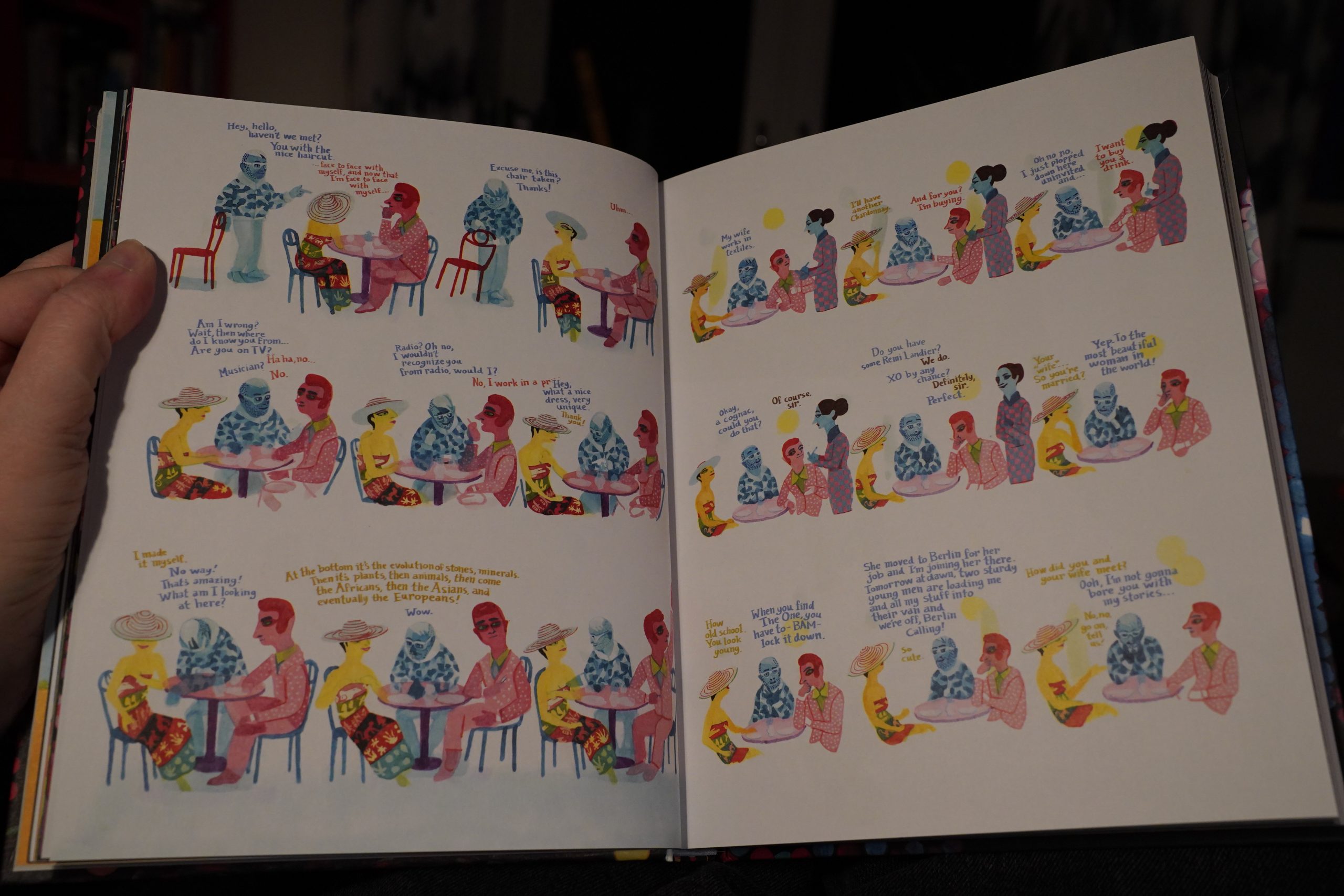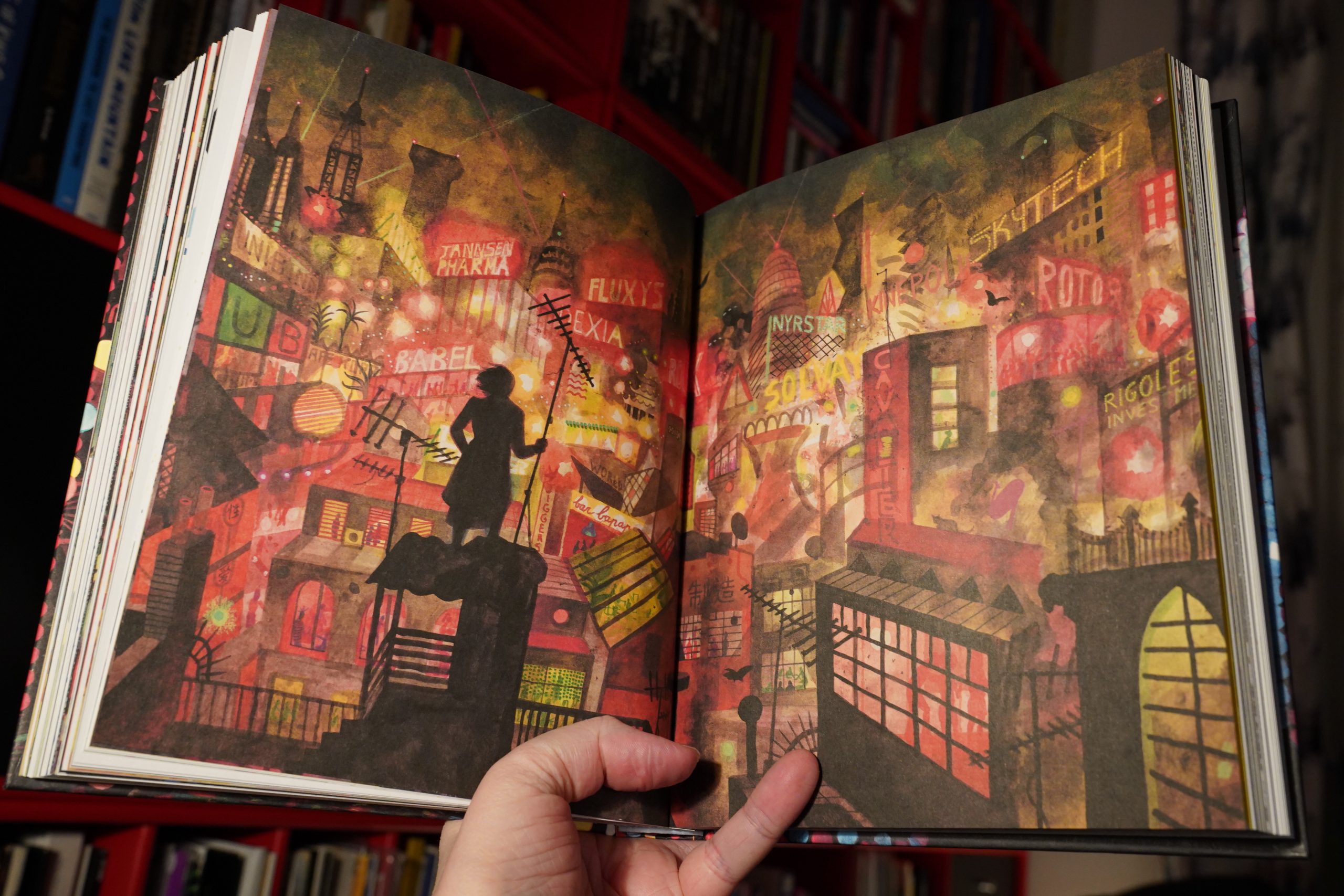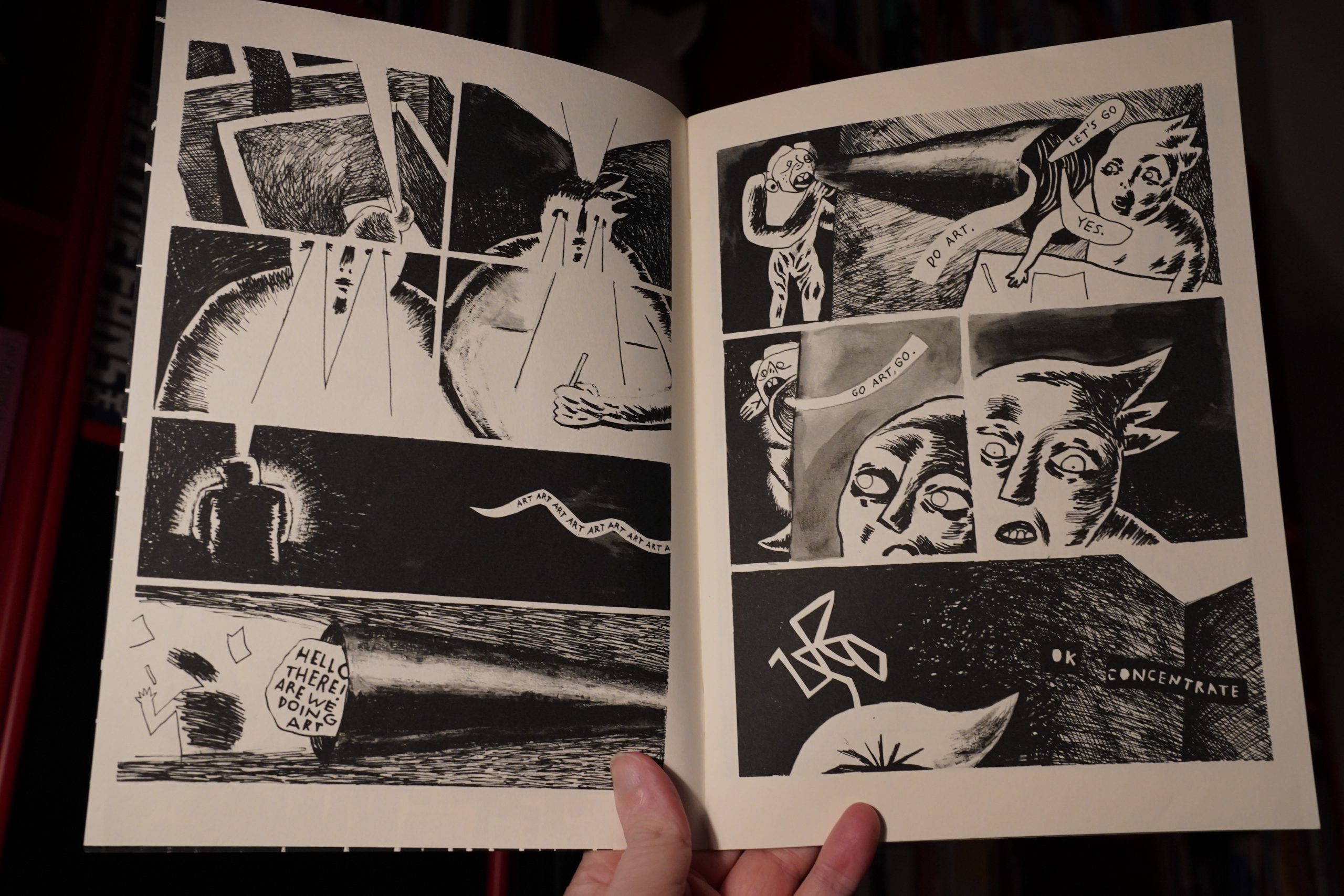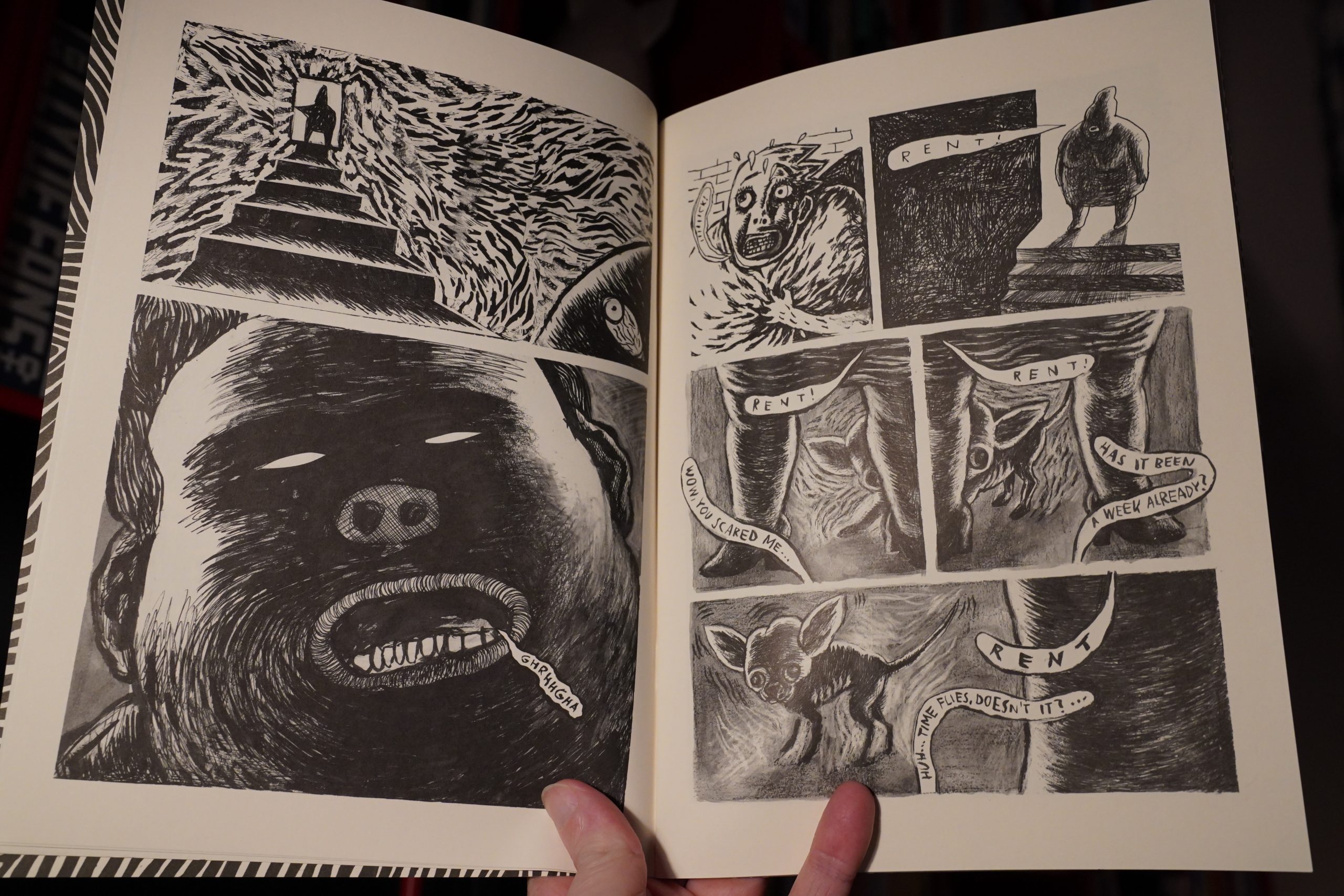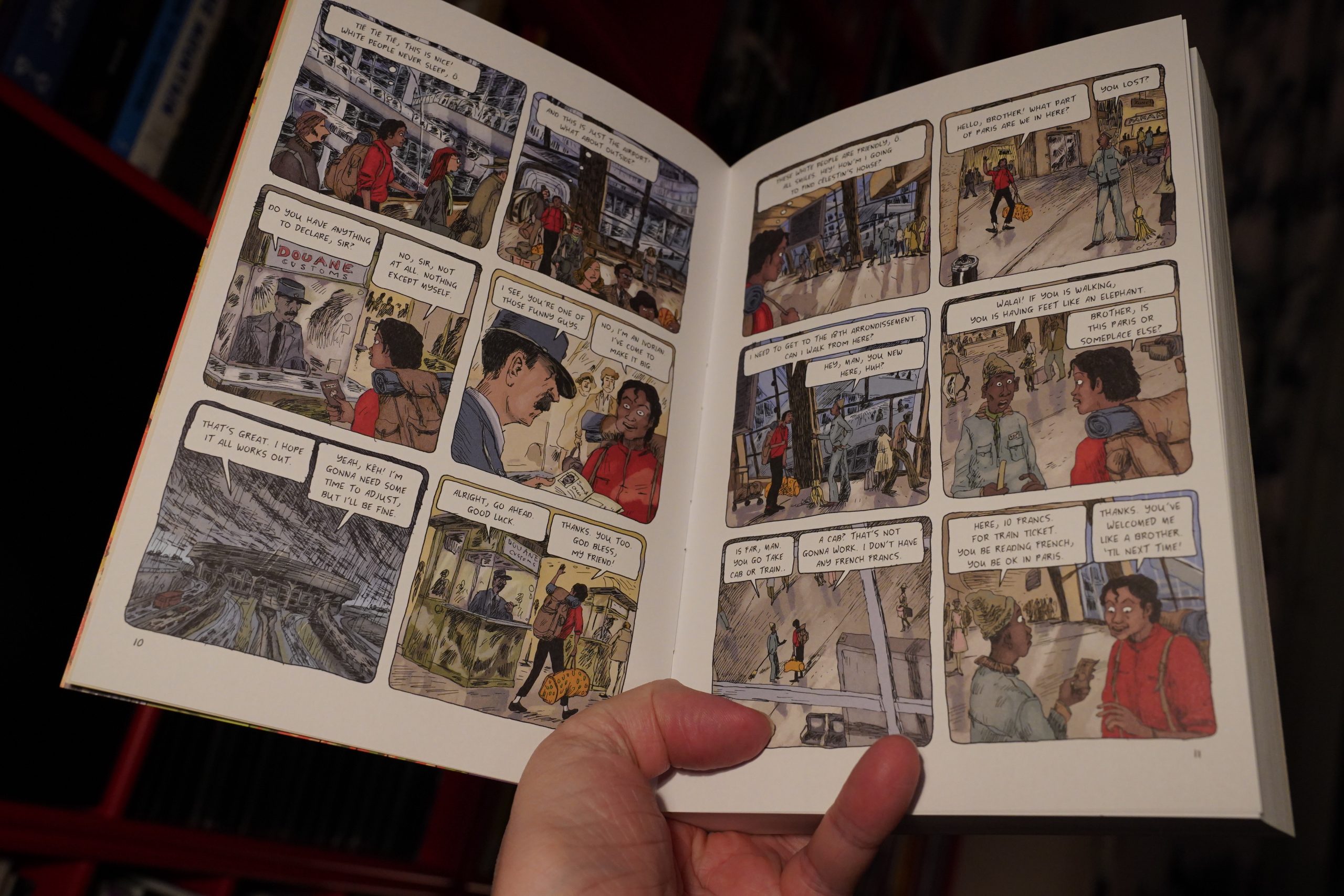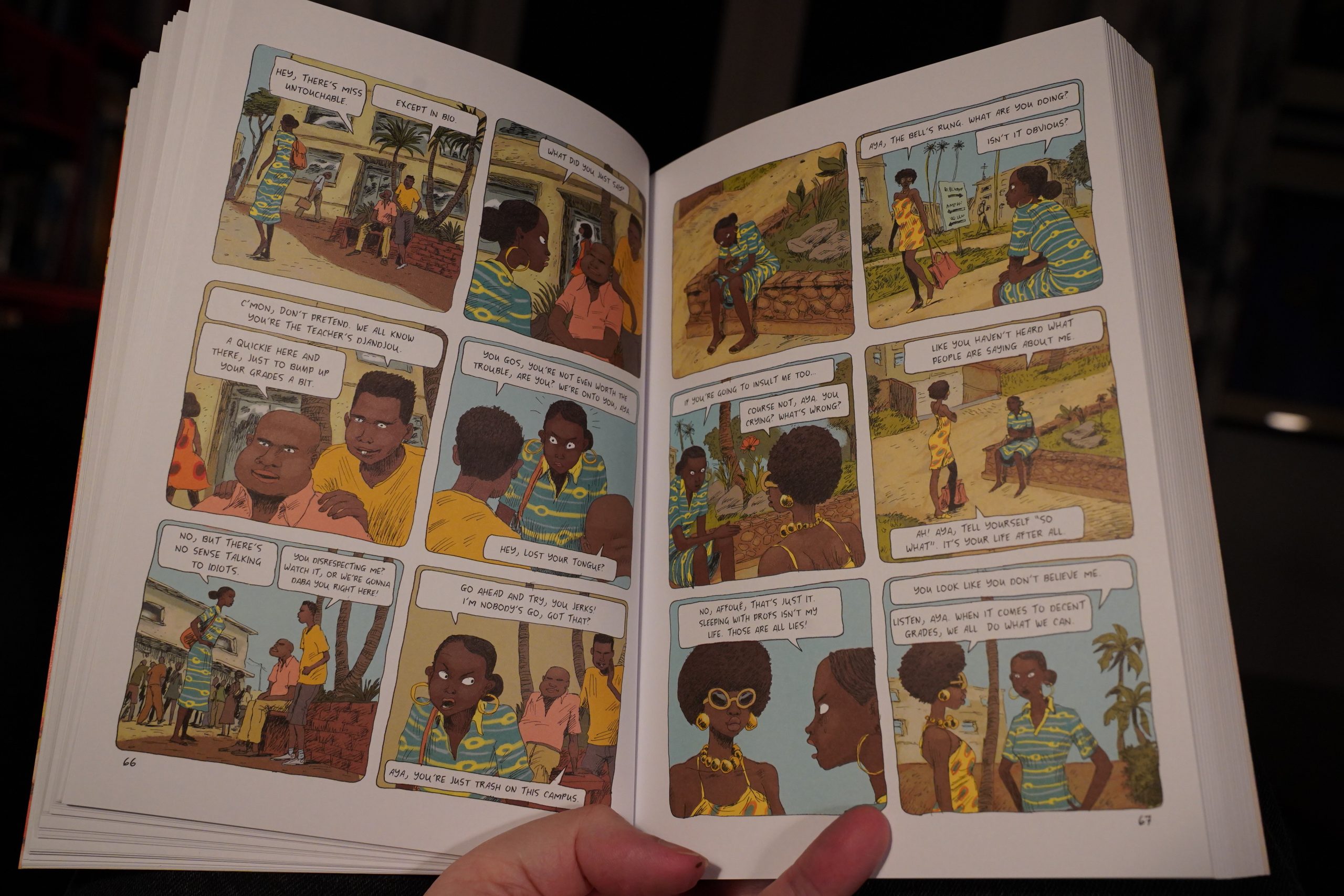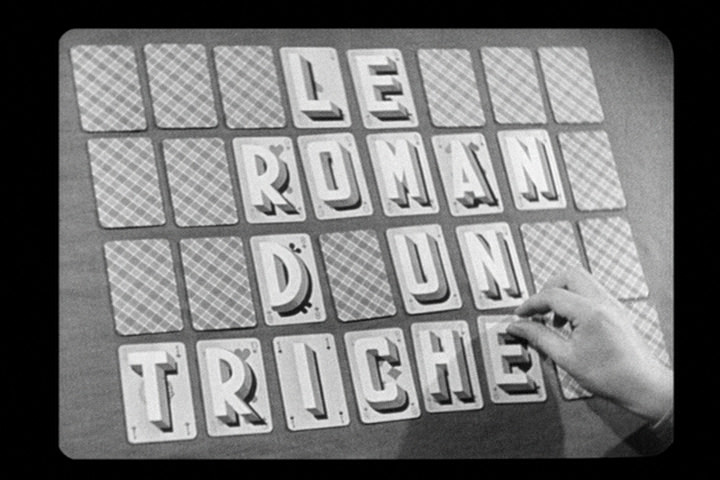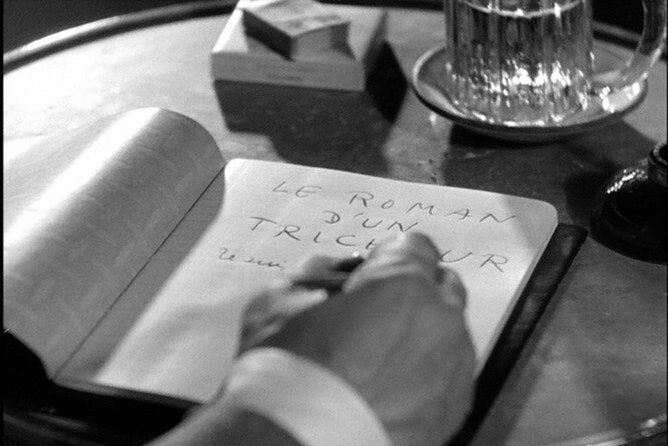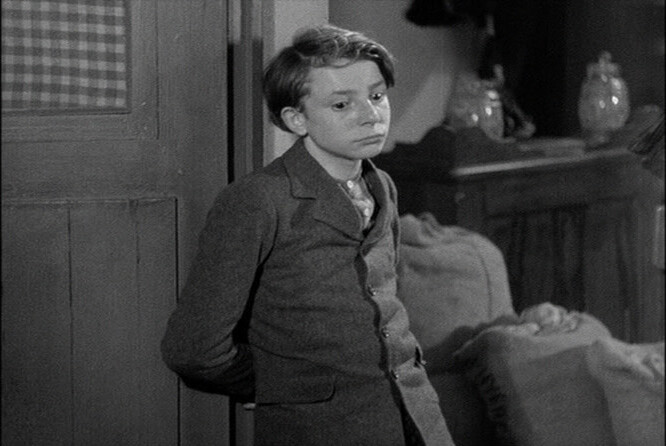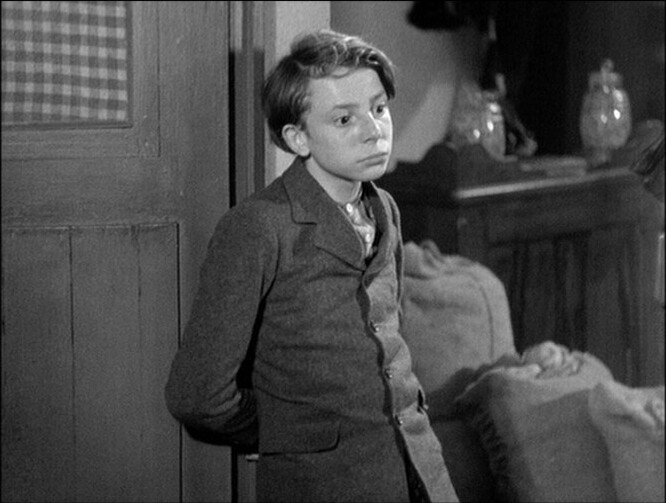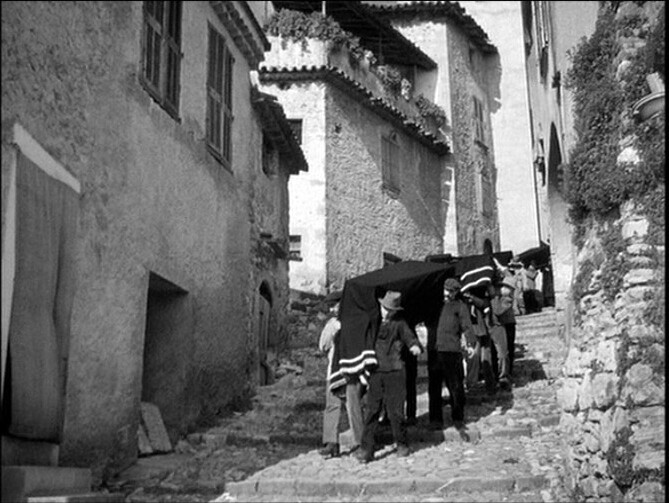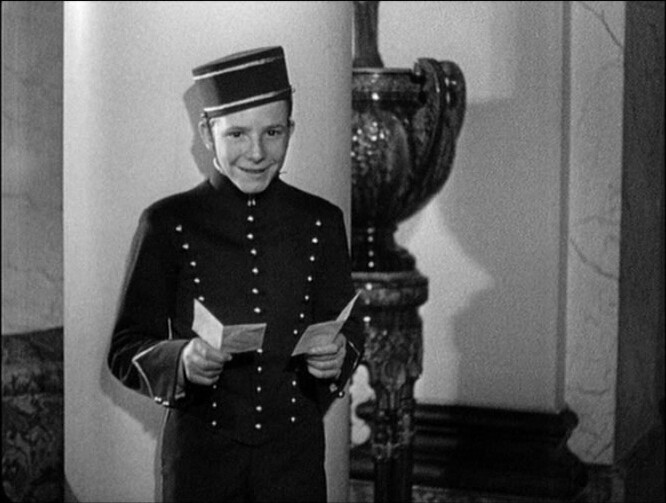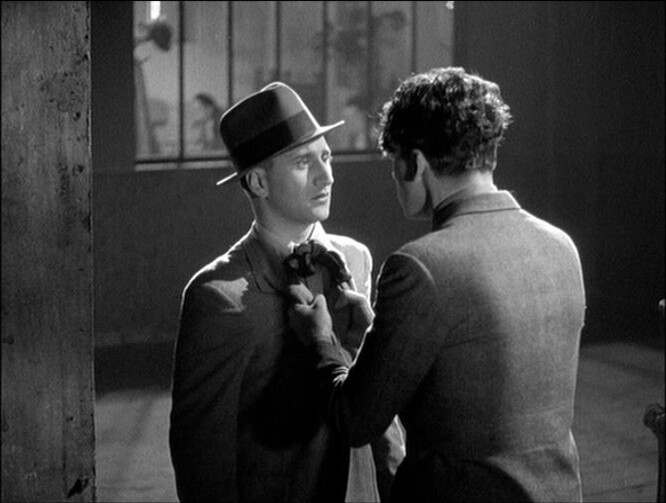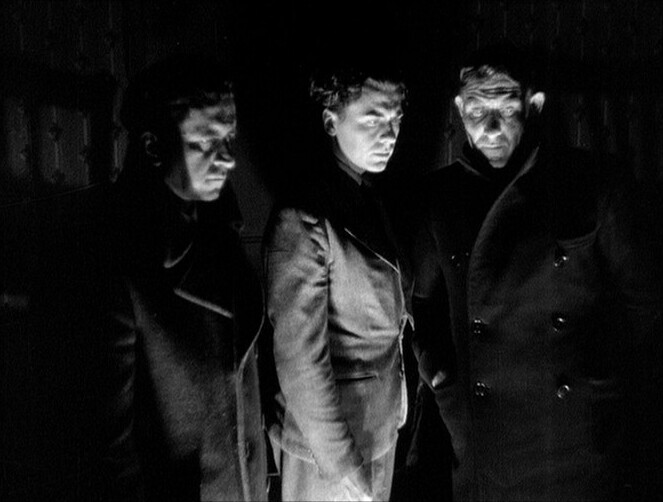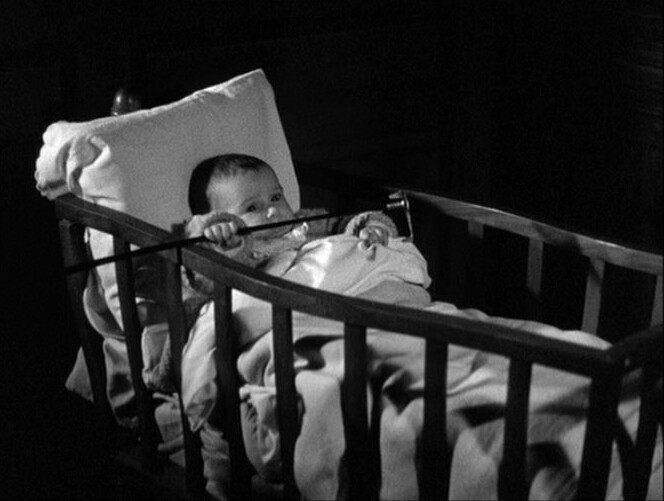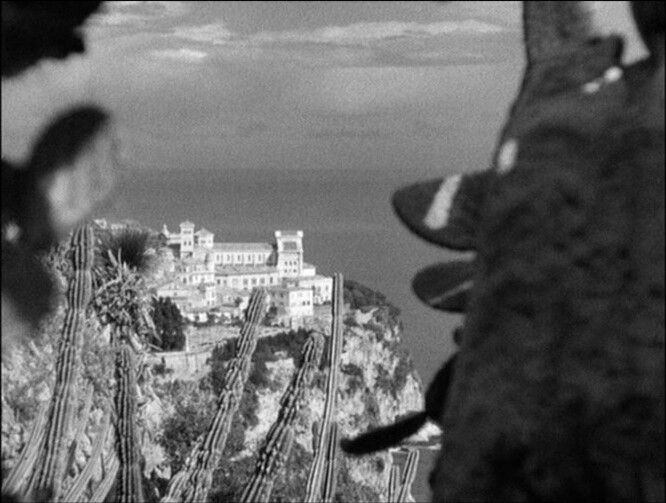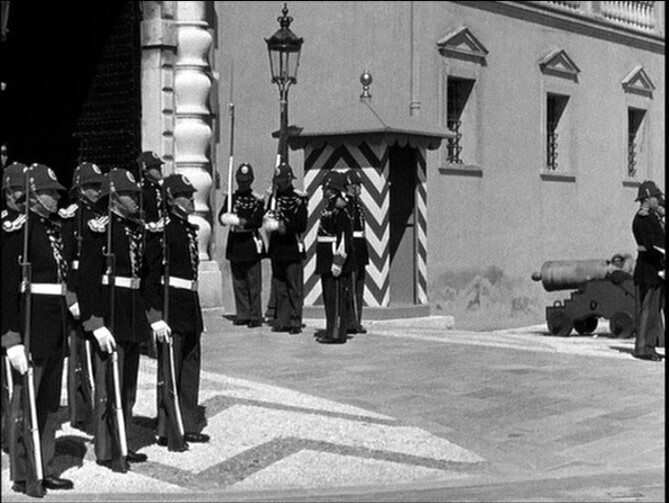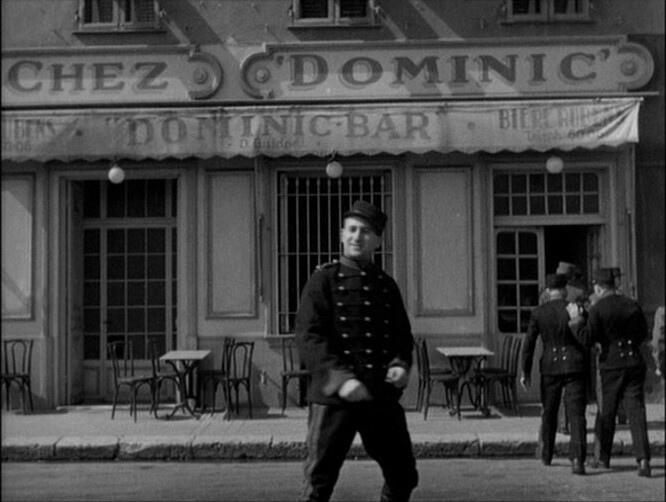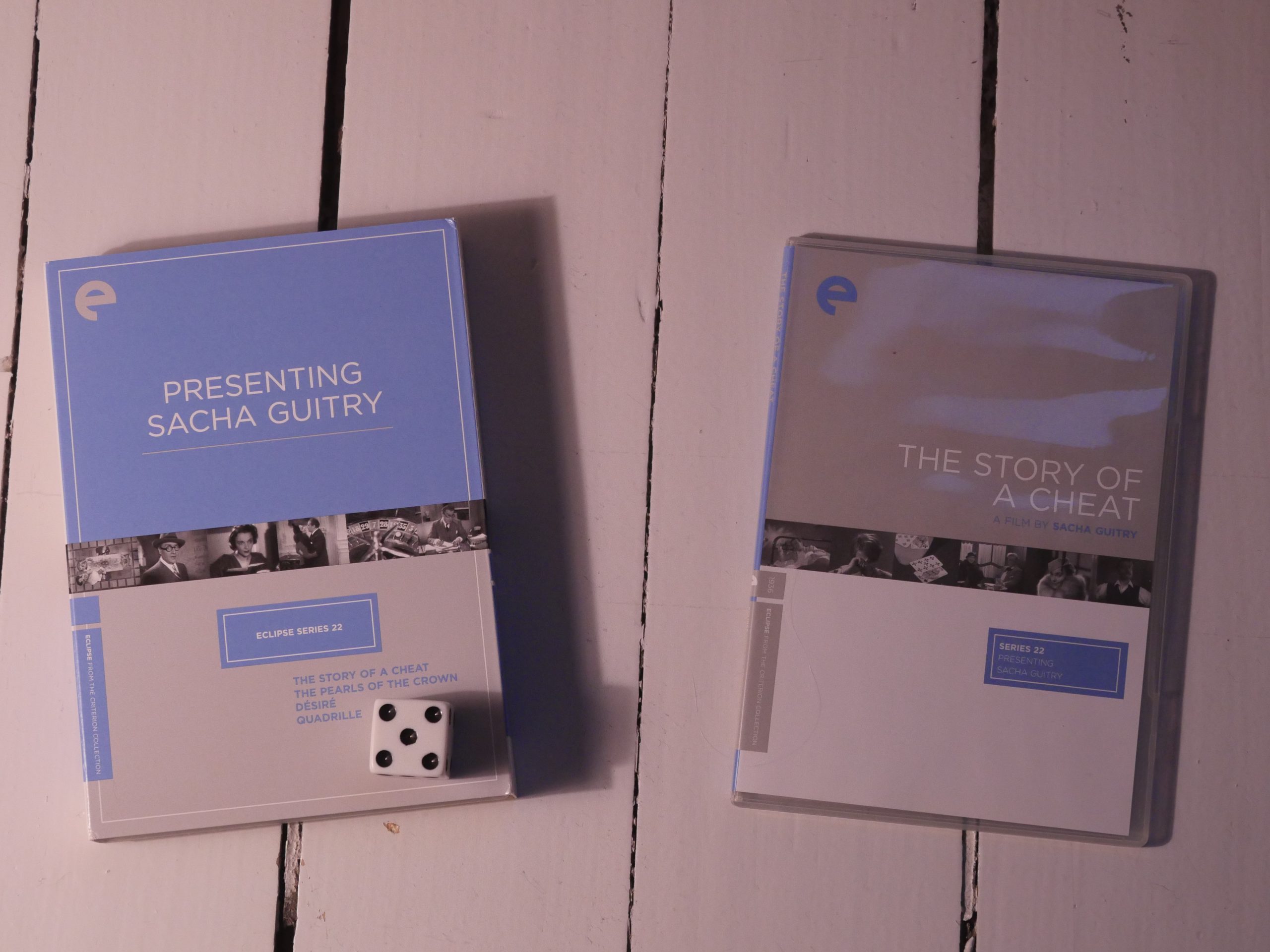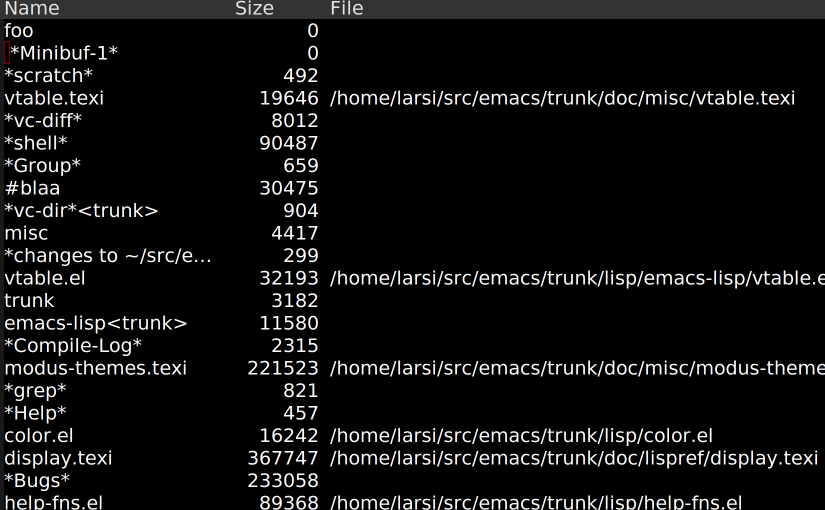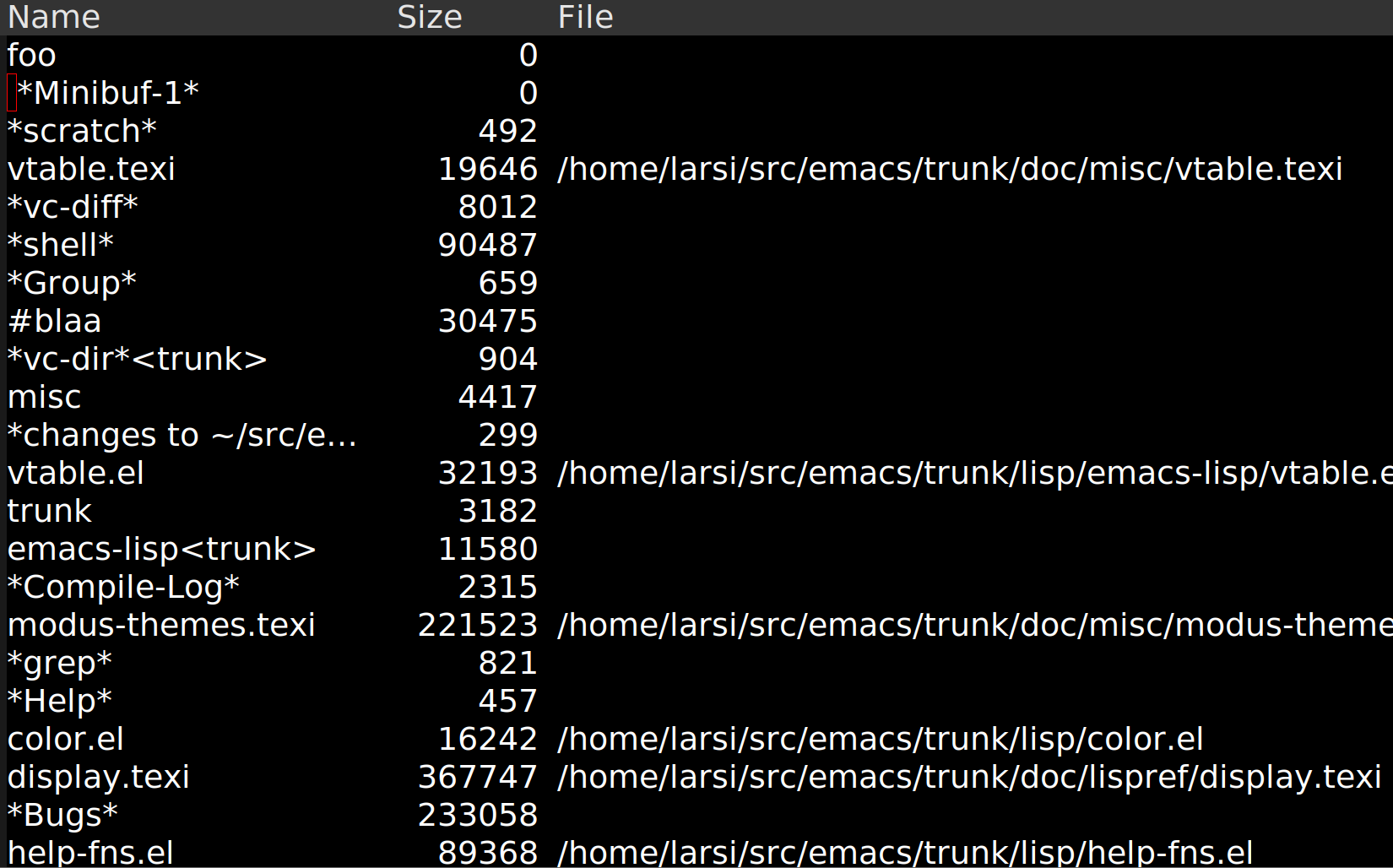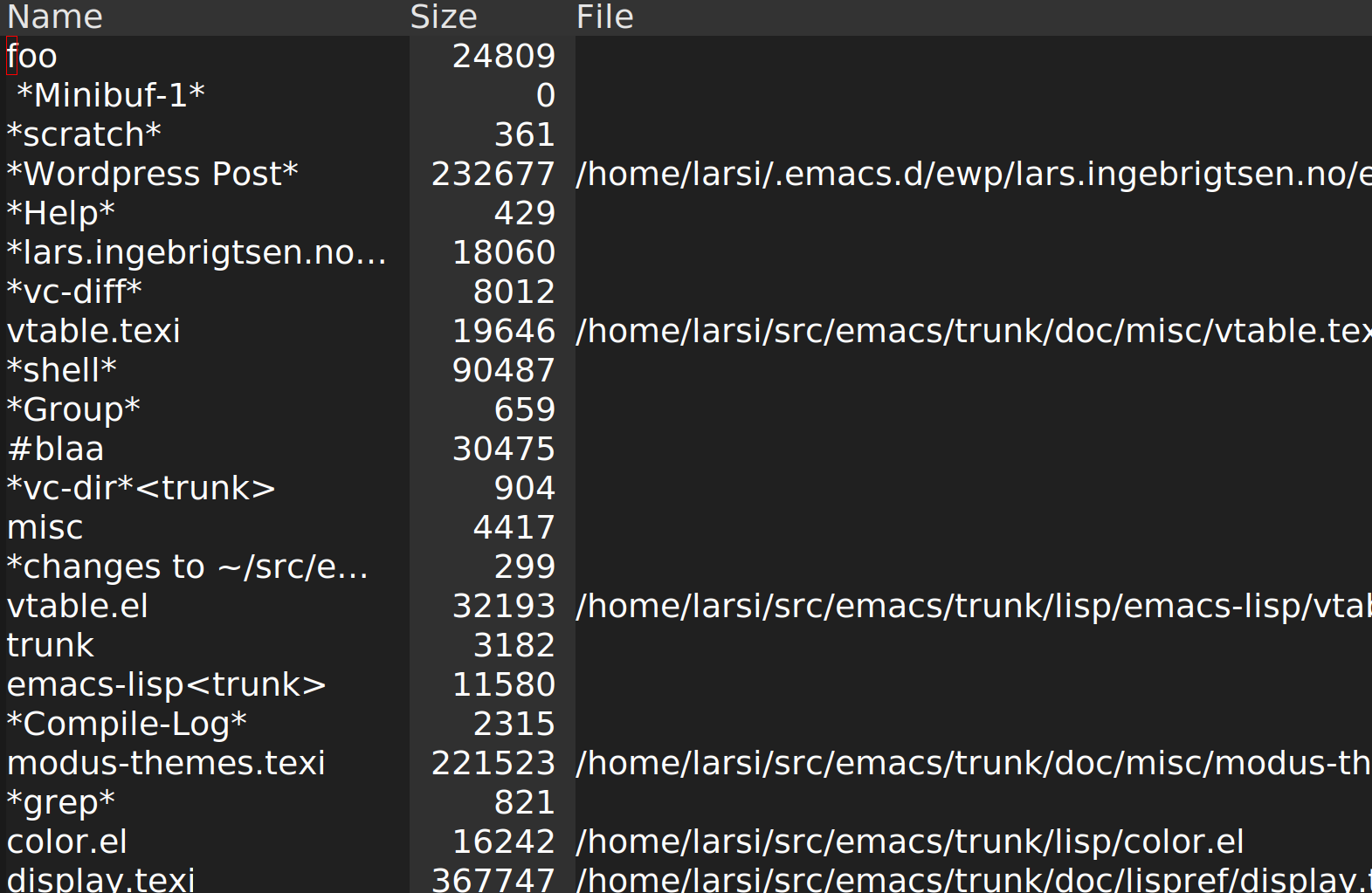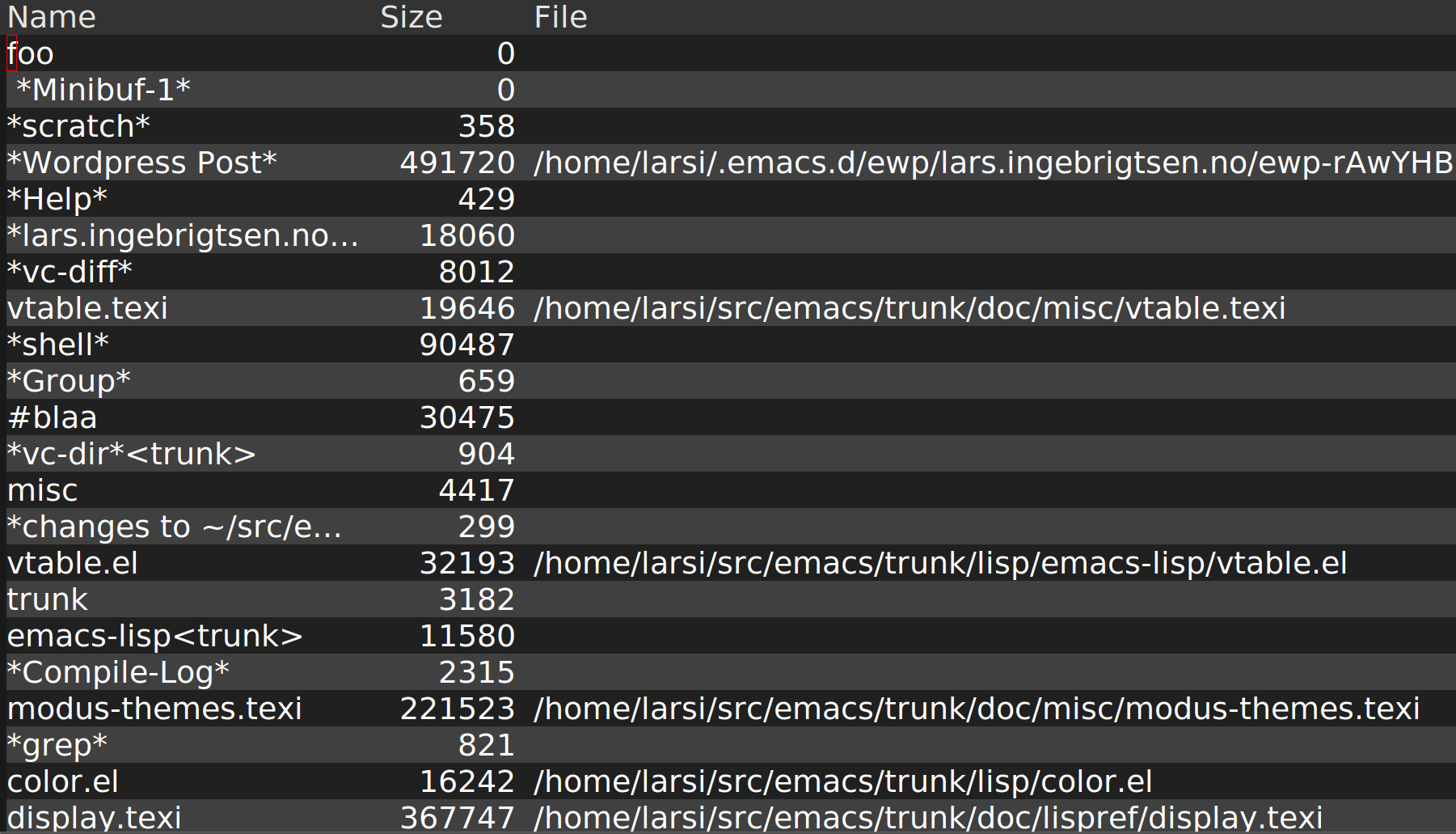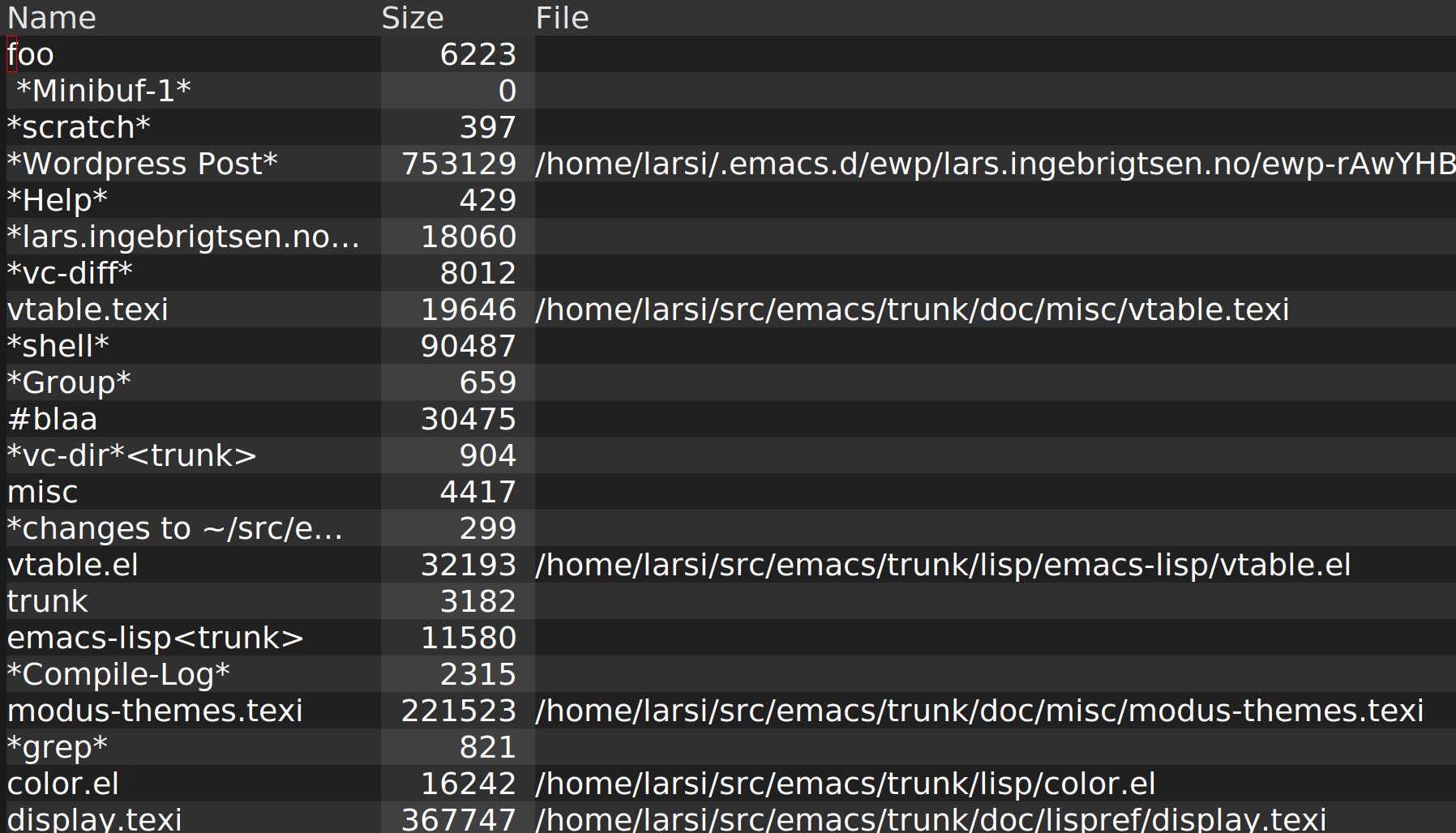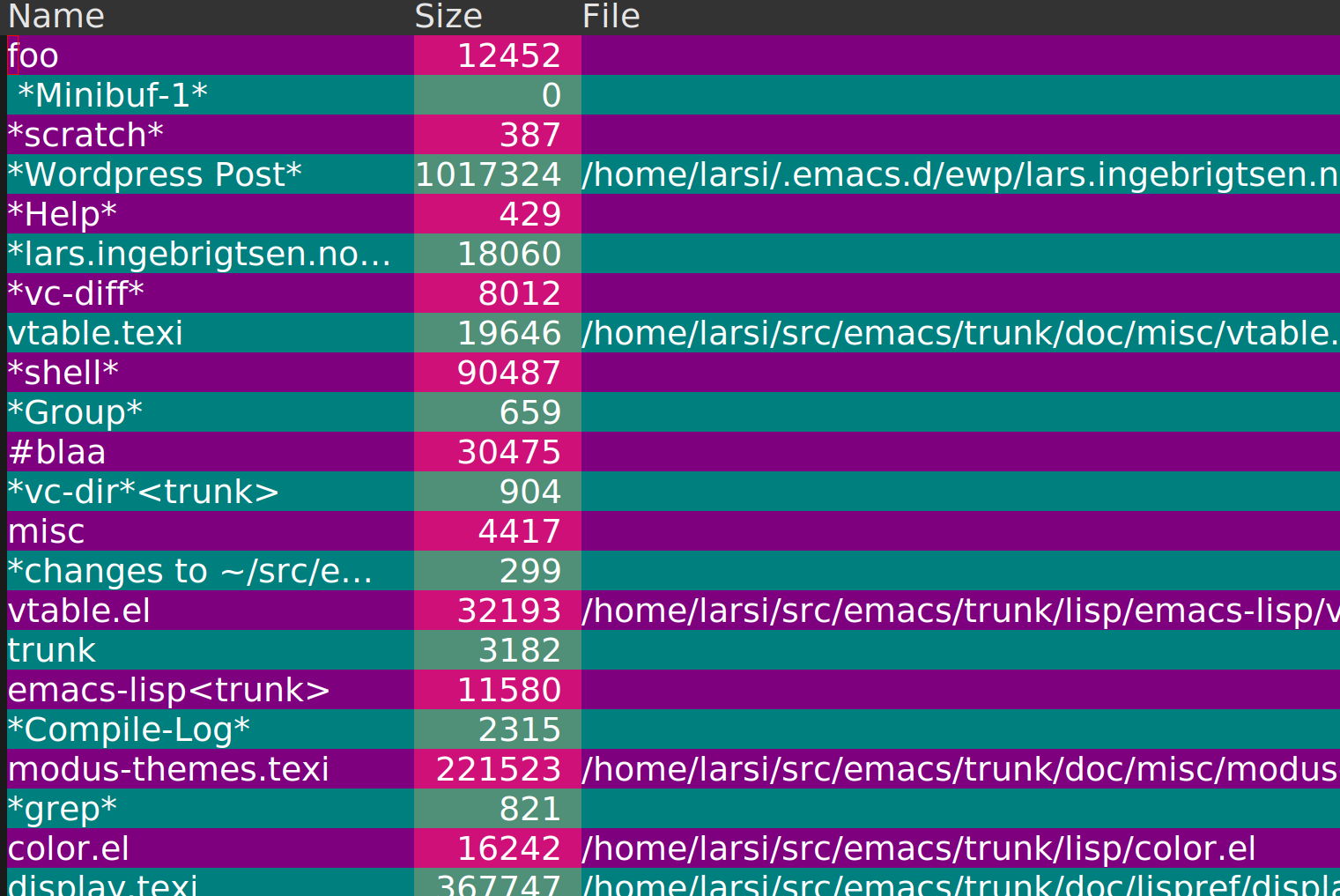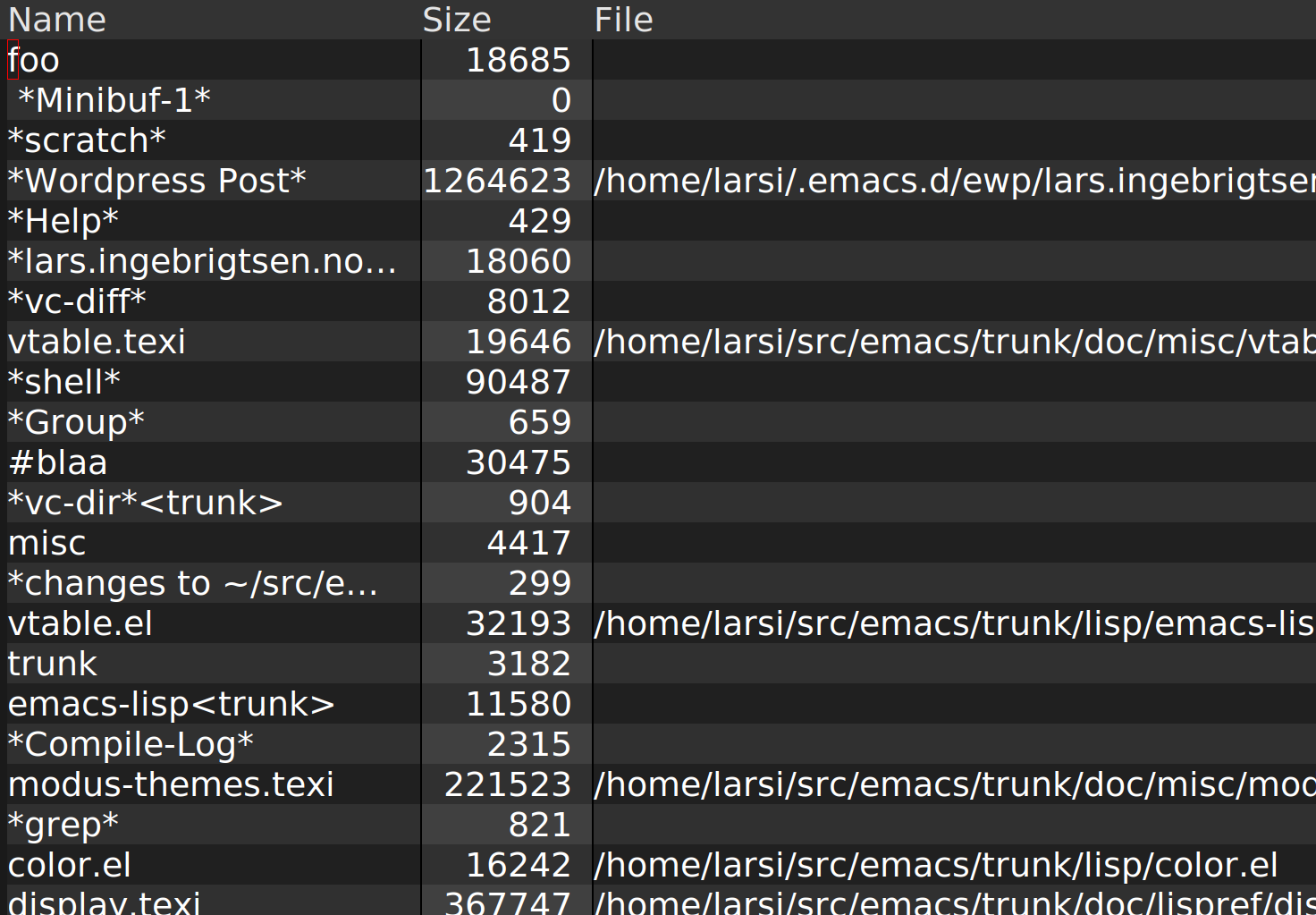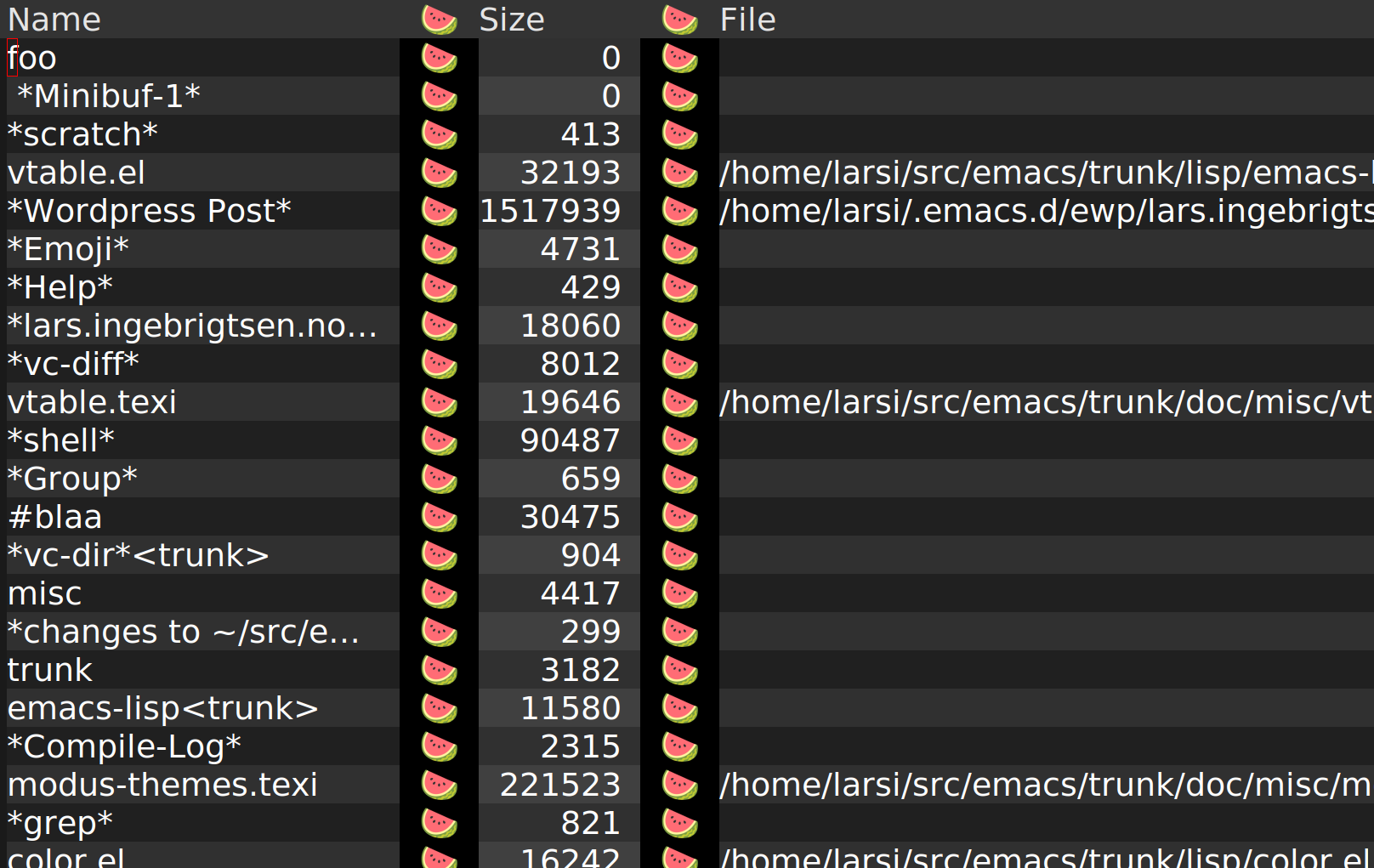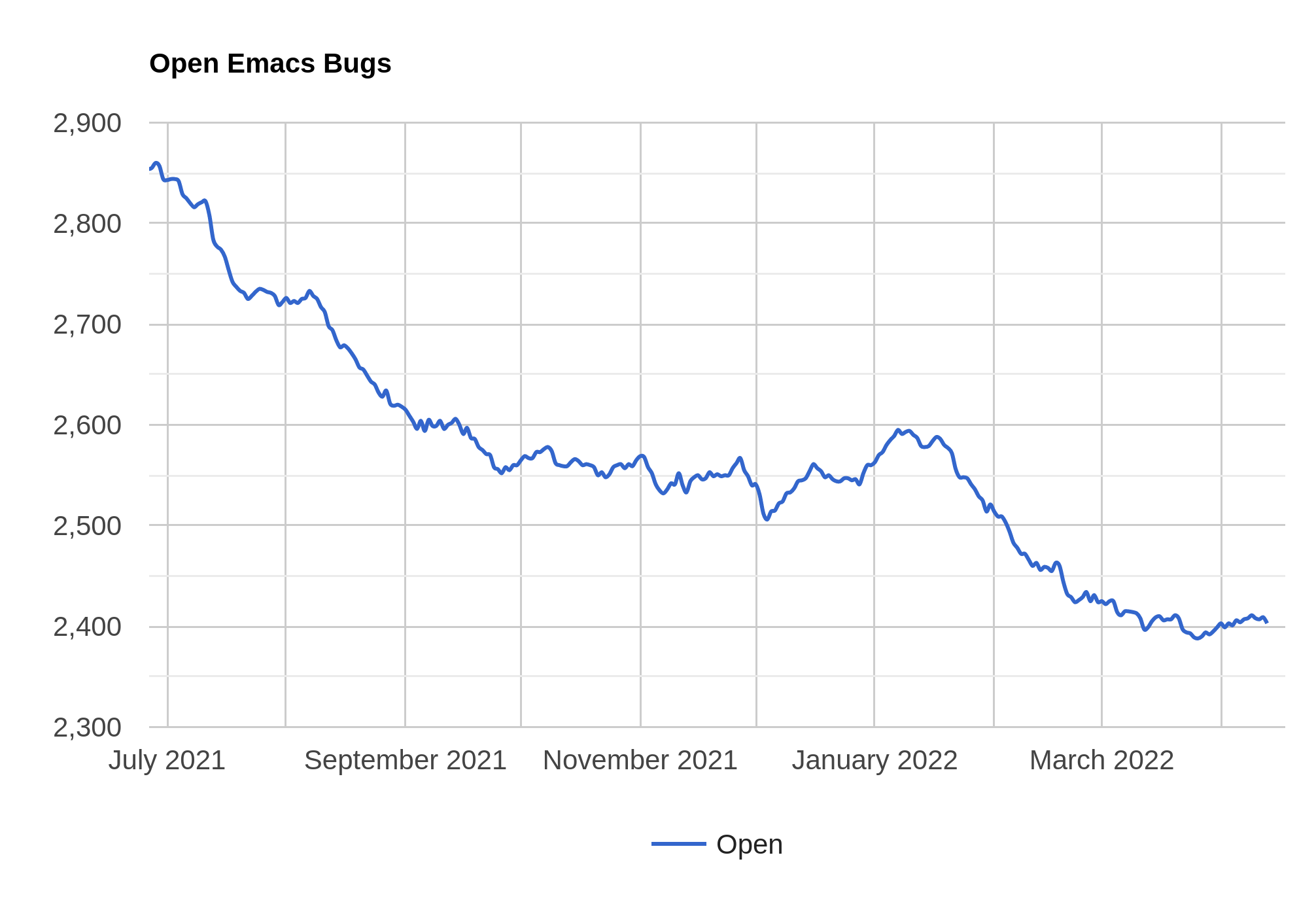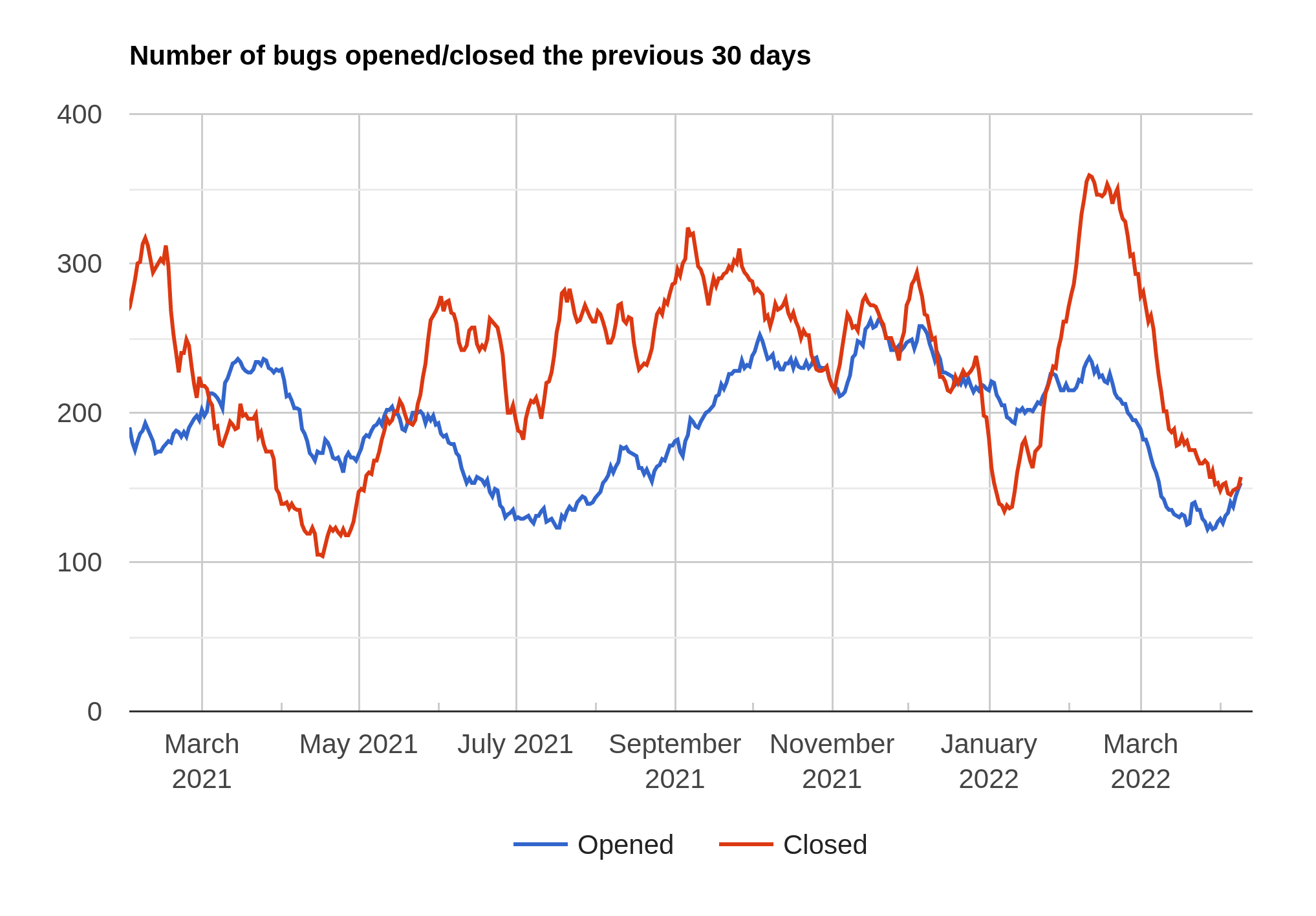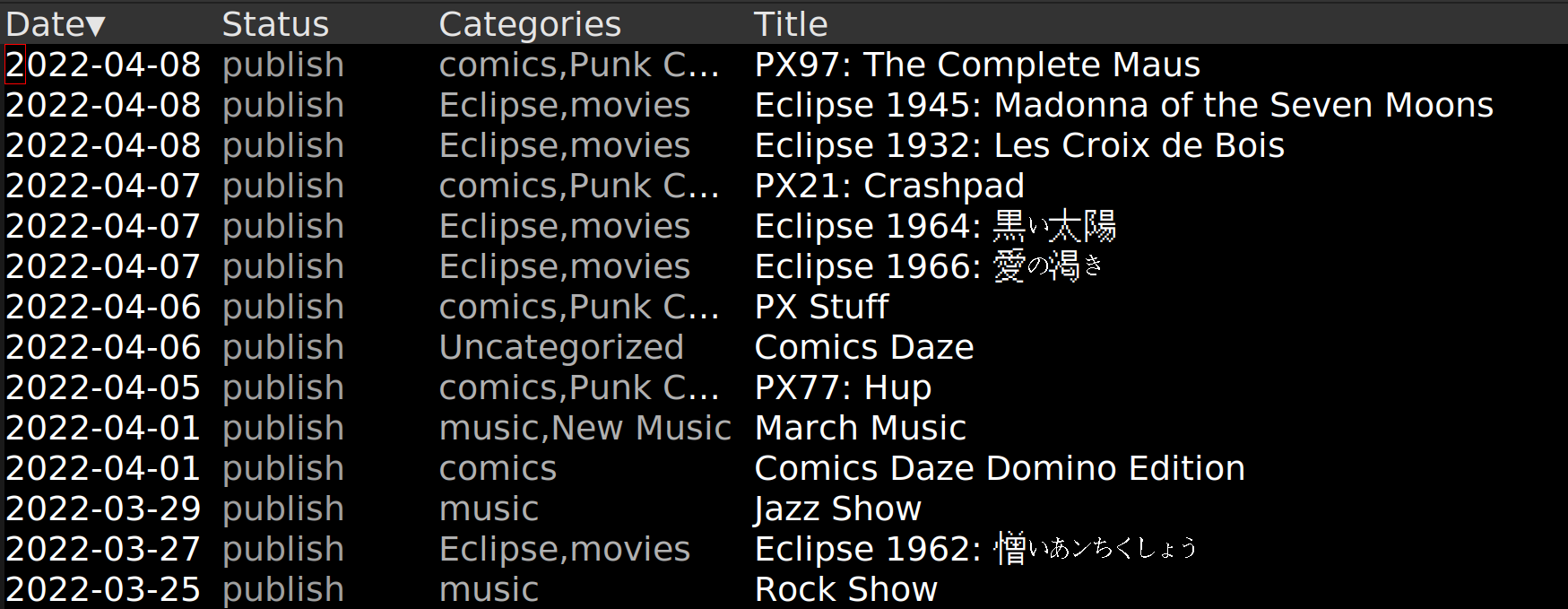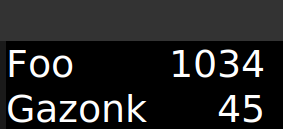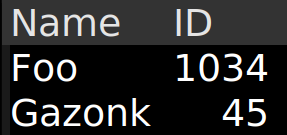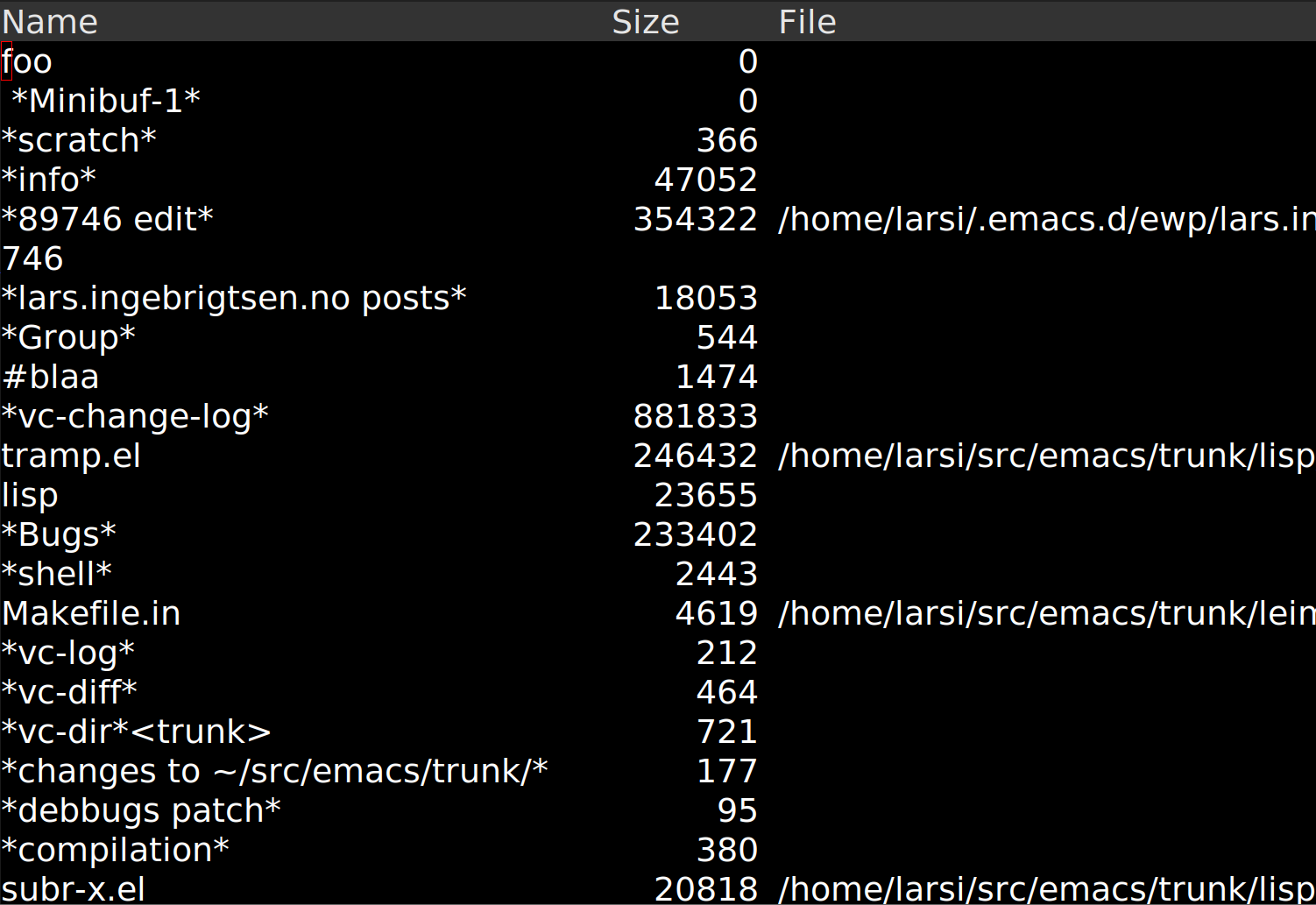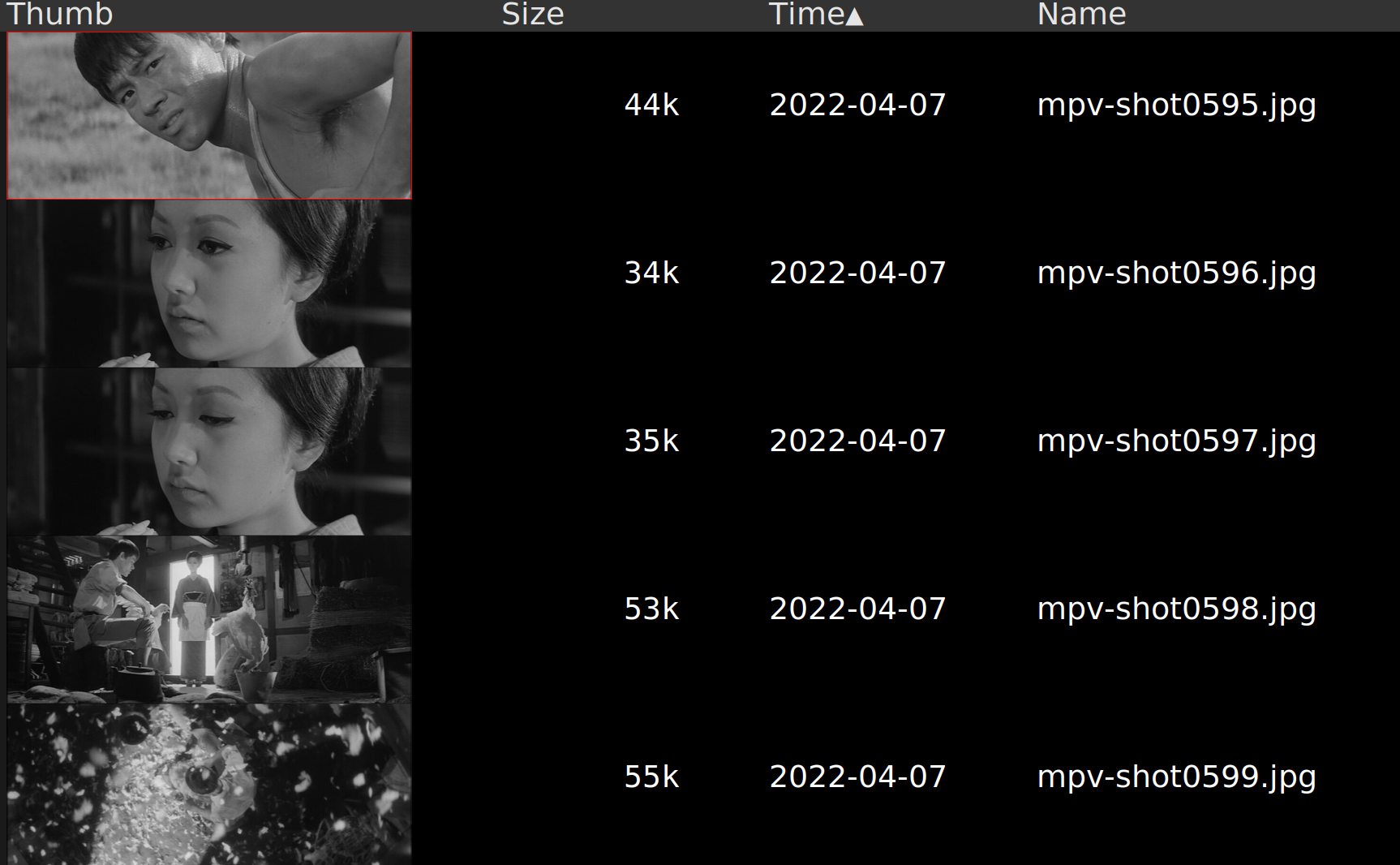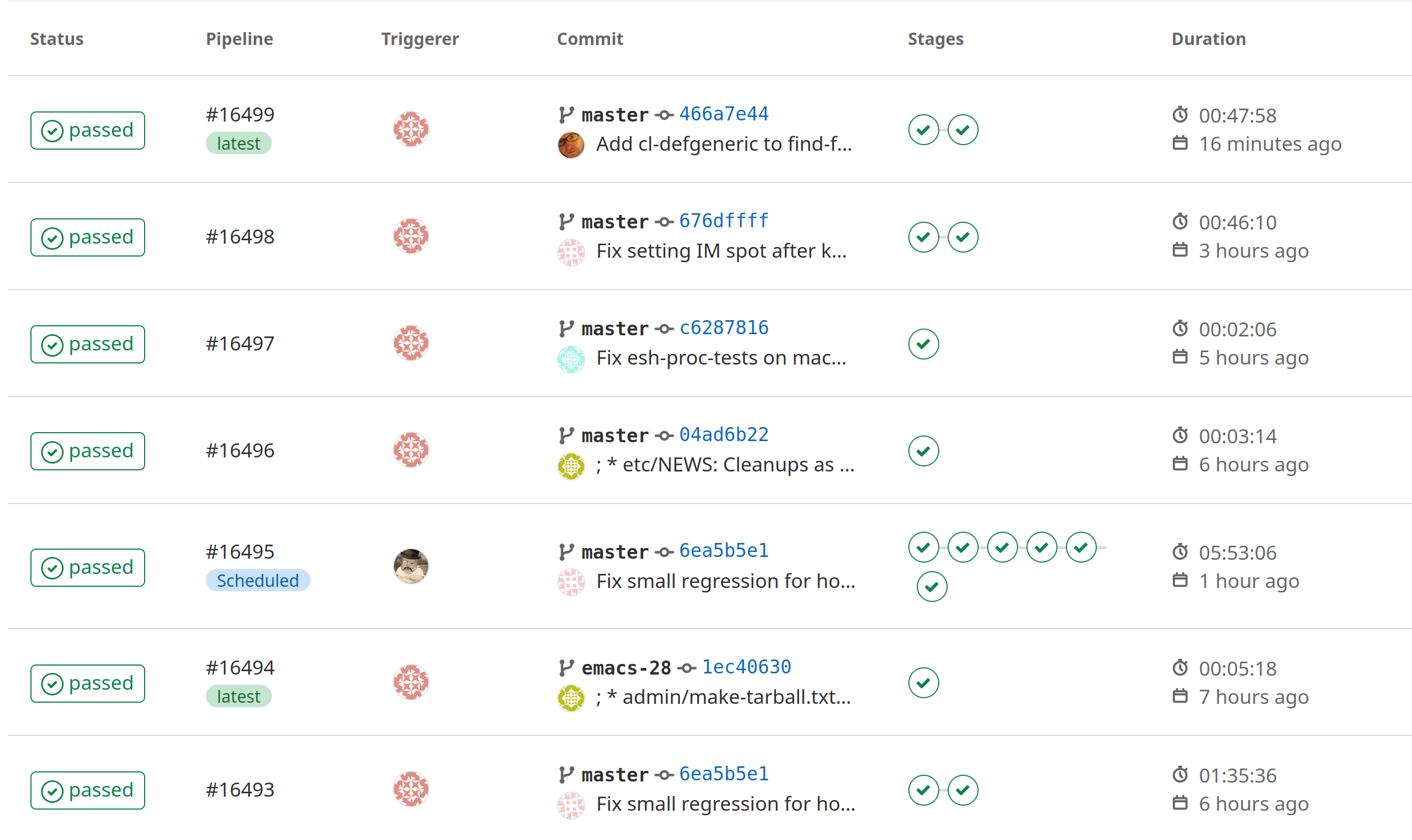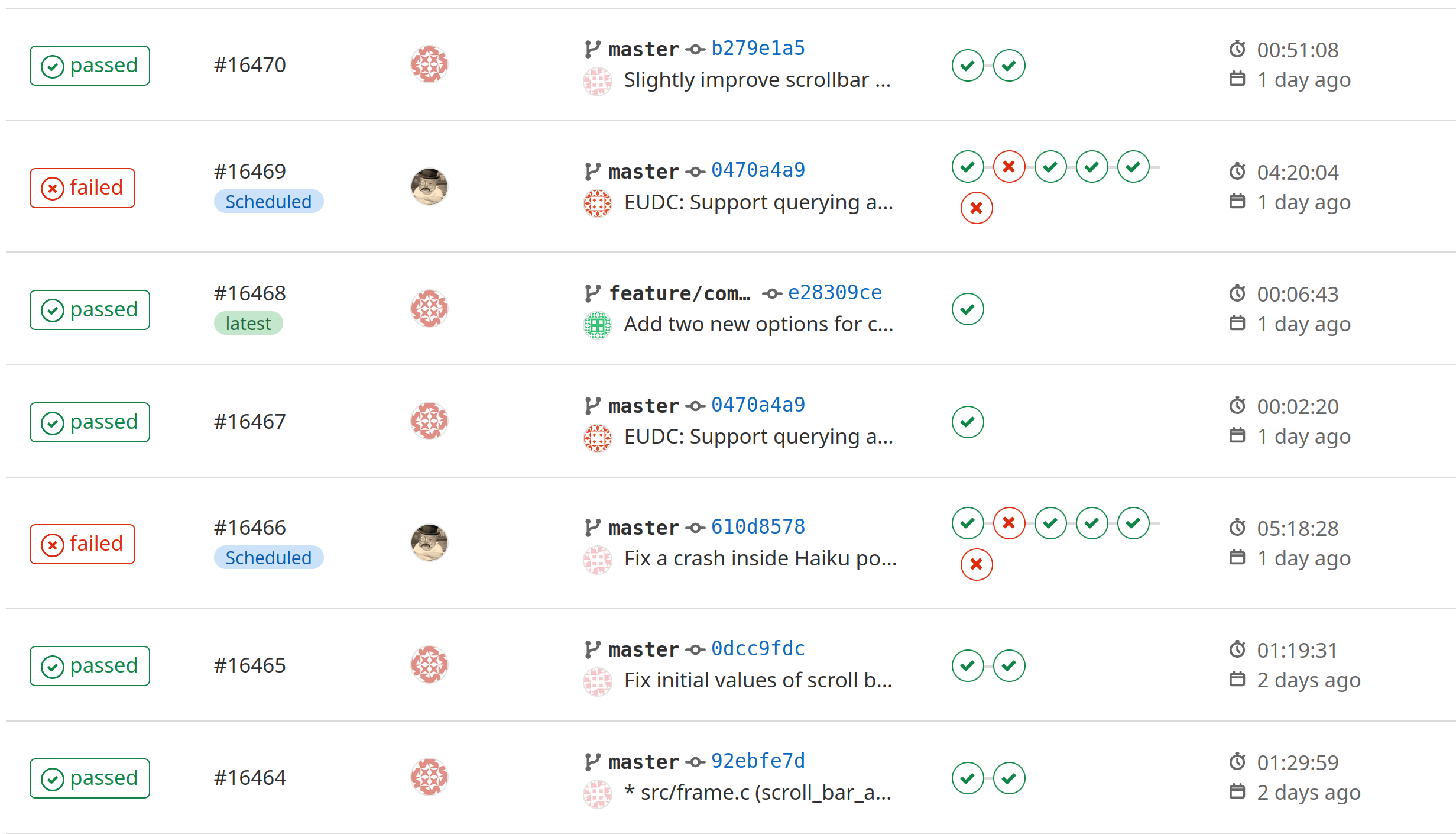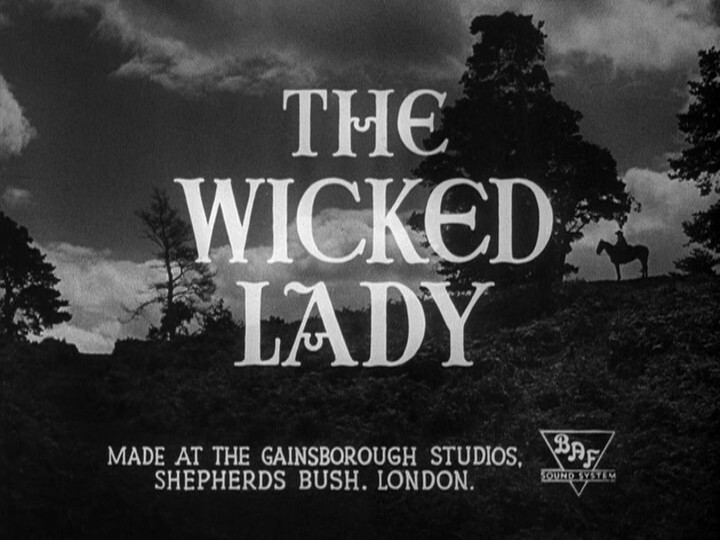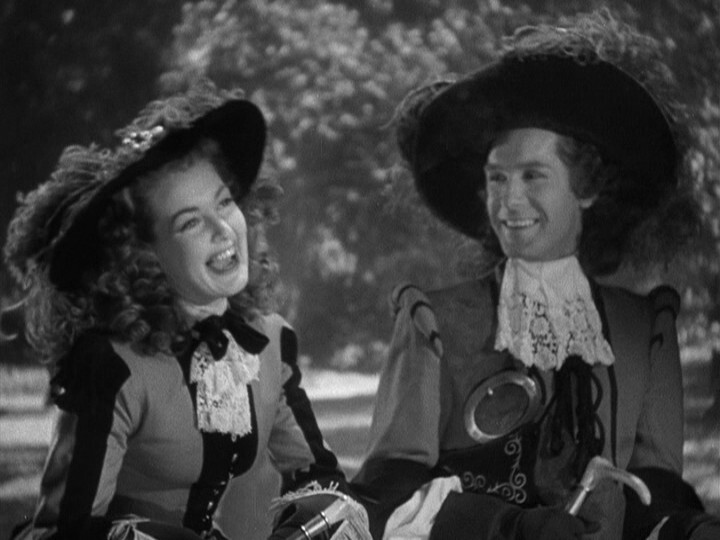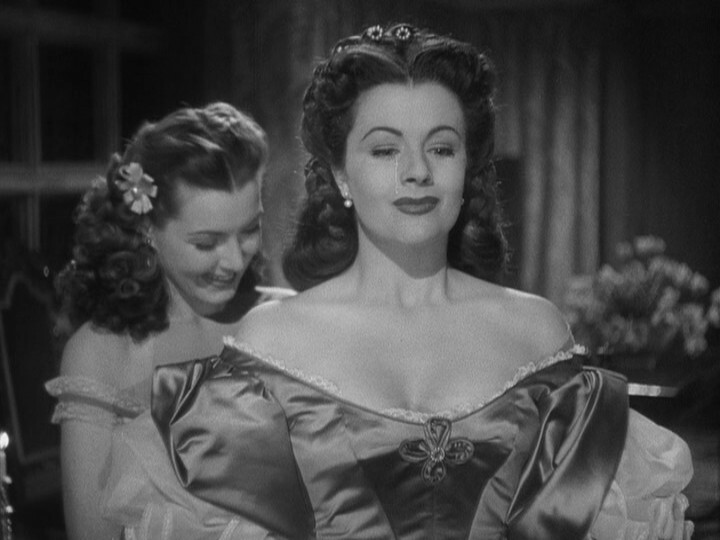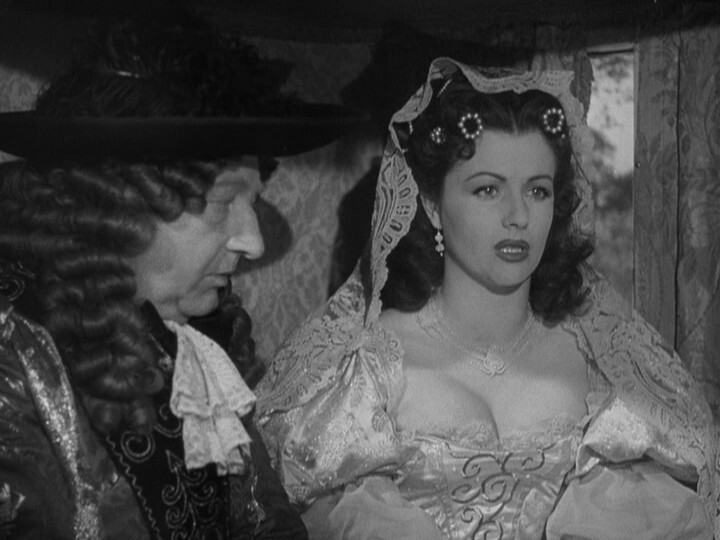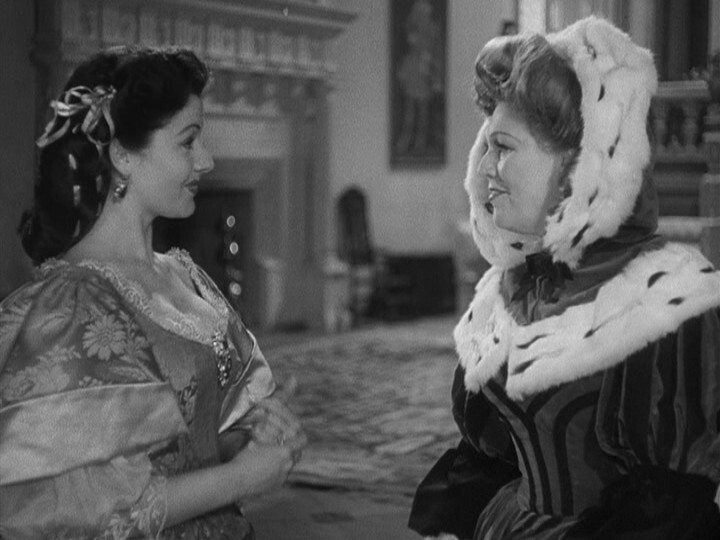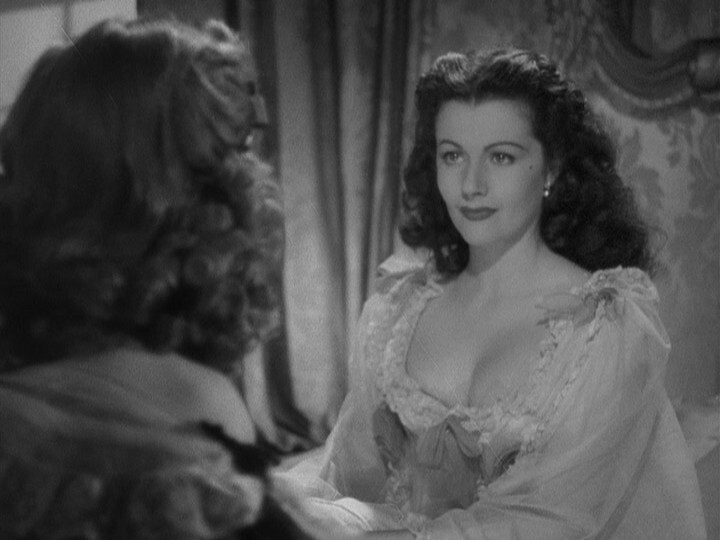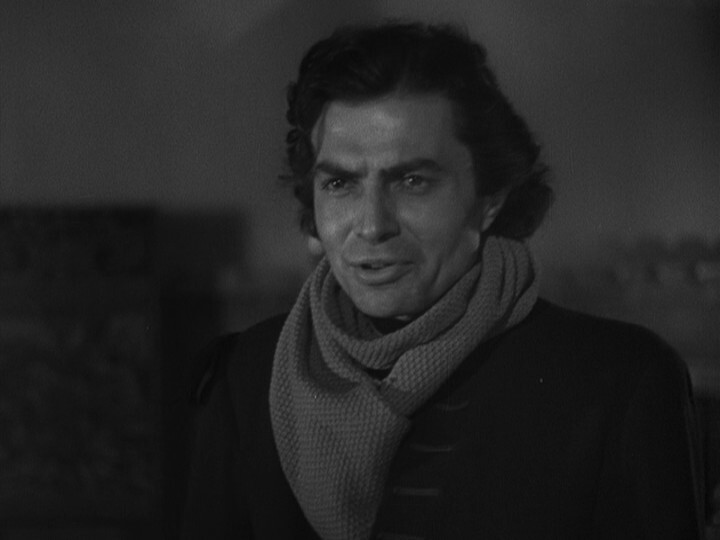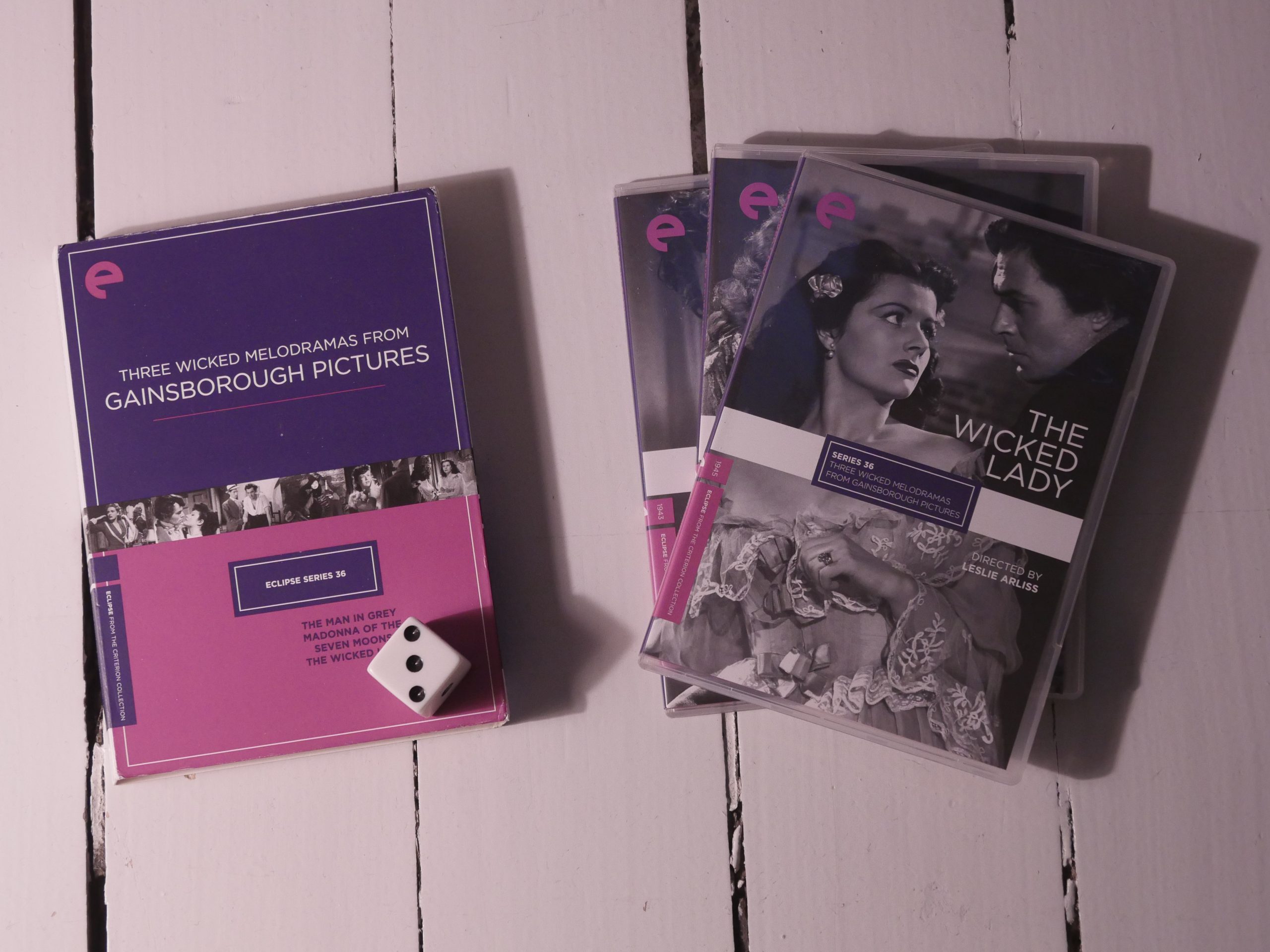It’s such a lovely day today…
But I’ve got chocolates, so let’s read comics.
| Yukihiro Takahashi: Blue Moon Blue |  |
13:58: Beta Testing The Ongoing Apocalypse by Tom Kaczynski (Fantagraphics)
I assumed that this was new work from Kaczynski, but instead it’s a collection of things I’ve already read — mostly things from Mome.
And some of these things I’ve read a number of times before.
So that’s disappointing, but it’s a really good book anyway. The stories mostly have the same sort of mood, so it feels much more cohesive than collections like this usually are. It reads really well — each individual story is great, of course, but they have a cumulative effect when printed like this.
Fantastic book.
| Zazou Bikaye: Mr. Manager | 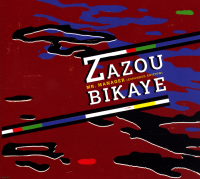 |
15:04: Life of Che by Oesterheld/Breccia/Breccia (Fantagraphics)
I’ve sworn never to buy another comics biography… But this is Alberto Breccia, and I need to read everything he’s done.
And this is, indeed, very good. It’s a bit vague here and there as to the particulars of Che Guevara’s biography, which suits me fine.
But it’s quite wordy in places. I think the mixture works really well — this is definitely not a Wikipedia Infodump Biography (and not just because Wikipedia didn’t exist in 1969), but it’s also not just a poetical hand-wavey thing. It’s just the right sort of mix.
The artwork is a bit more photo-referenced than I’d expected with Breccia, but there’s several really lovely pages.
| Rocketnumbernine: Meyouweyou | 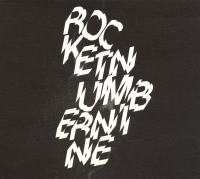 |
15:55: Otherworld Barbara 2 by Moto Hagio (Fantagraphics)
Amazingly enough, I remember who all these dozens of characters are from when I read the first book a couple weeks ago.
16:24: Nap Time
I’m so tired.
| Kapotte Muziek: Mort Aux Vaches | 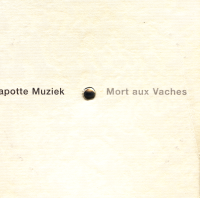 |
18:52: I’m awake! I’m awake!
That was too much napping.
I had to go down and move my car, so I got pizza at the same time… and… I don’t know what I expected, exactly (never bought pizza from that place before), but this wasn’t it.
And it tasted like it looks.
| Felix Da Housecat: Kittenz and The Glitz |  |
Otherworld Barbara is engrossing — there’s so much drama on every page, and we piece together what’s been happening slowly, over hundreds of pages. It’s fun! But then she goes and does this massive infodump section where the (nominally sorta) bad guy explains everything we’ve already understood from beyond the grave. It feels like a betrayal? We’ve spent all this energy trying to understand everything, and then she just goes ahead and tells us anyway?
Meh.
But it’s still pretty good. All the play with identity — shared identities, doubled and tripled identities, etc etc.
And I had no idea how she was going to pull off a good ending to this thing, but she totally did.
| Various: Fabric Presents: Octo Octa & Eris Drew |  |
21:39: Alanzo Sneak by Nate Garcia
This is totally insane and hugely enjoyable. Love it. It’s got real heart.
| Various: Fabric Presents: Octo Octa & Eris Drew |  |
21:48: Swan Song 1 & 2 by Babouche/Dorison/Herzet (Cinebook)
Hm… another French comic from the Great War… I kinda like the colours.
But the storytelling… oy vey… it’s like they’ve read that book — “How to write a damn good novel” — and applied it directly: Every scene has to have a primary and a secondary conflict, etc, and the result is that it’s all So Much Drama.
I was bored out of my gourd by page 20, so I ditched it.
But I had a peek at the end of the second volume, and it looks like it’s just as awful.
22:01: World War 3 Illustrated #14
I’ve now managed to score (and read) a sizeable number of the issues of WW3… perhaps two thirds of them? It’s like mining a secret seam of comics… These books are rarely mentioned in comics circles, but there’s so much good and original material in these books. It’s like over five thousand pages in total?
This is a really strong issue. It’s got all the regulars, like Peter Kuper…
James Romberger…
Eric Drooker…
… and Sabrina Jones.
And ads from Stanley Cohen, of course.
But also plenty of pieces from less familiar names, like Scott Cunningham, who does a really odd and intriguing thing.
| Boris with Merzbow: 2R0I2P0 |  |
22:34: The City of Belgium by Brecht Evens (Drawn & Quarterly)
Hm… this is from last year? Odd that I missed it. I feel that I sometimes order comics and then I never get them? On the other hand, my memory is pretty bad in general, so perhaps not.
Oh! I checked my mail:
I forget that I’m not as forgetful as I think.
Evens’ colours are so gorgeous.
This is more chatty than Evans’ earlier books, I think? And hefty.
We follow three different groups of people on a night at the town, and it’s just fascinating. Well, OK, at the start I felt like I was reading a comics adaptation of Jersey Shore, but then things grew weirder and deeper and more interesting.
It’s a gorgeous book, and has such a great flow. There’s a lot of conversations, but they’re done so inventively and feel so real, and with all this gorgeous artwork… it feels like such a complete work? It’s really satisfying.
So I figured it had to land on everybody’s Best Comics of 2021 lists, but nope — it’s only on six of them.
| Various: Scarred For Life 2 |  |
00:31: Department of Art & Habitat #2 by Dunja Jankovik (Sparkplug)
Yes yes art.
These are really cool. They’re kinda-sorta narrative, and with interesting artwork. Nice.
| Various: Scarred For Life 2 |  |
00:39: Aya: Love in Yop Cito by Marguerite Abouet & Clément Oubrerie (Drawn & Quarterly)
This is the second Aya omnibus. I read the first one a couple of weeks ago, and it collected the Aya albums I’ve read a long time ago. But this one collects three further albums which I haven’t read?
I probably shouldn’t be starting this now, because it’s getting late, but then again, I had that really long nap, so let’s see how that goes…
The storylines continue directly from the first omnibus (even if that had a kind of resolution to many of the plots). But one of the storylines is about Innocent going to Paris, so that takes us away from the warm earth colours a bit.
But most of it’s still set on the Ivory Coast, and it’s still a comfortable read. I mean, it’s a soap opera, and has soap opera dynamics, but it’s so charming and … nice.
| Various: Planet Mu 25 |  |
02:09: Sleep
I couldn’t finish it tonight; I’ve gotta get some sleep.
But that was a good batch of comics? Some great stuff, and the only bad comics were those Swan Song thingies.
